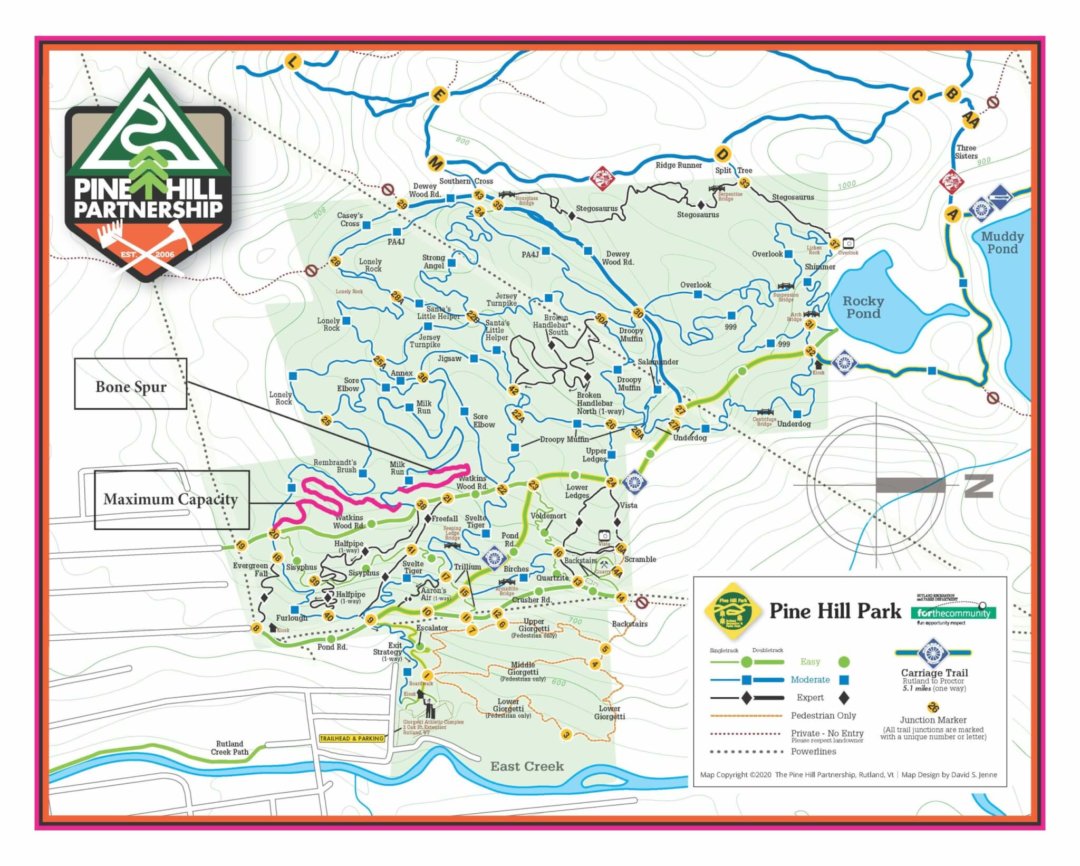We lucked out with weather getting cold for Sunday after a warm day on Saturday that saw trails really get soft. I think it’s safe to say everyone had a really great time. Thanks to #MTBVT, #PineHillPartnership,#Fiddleheadbeer
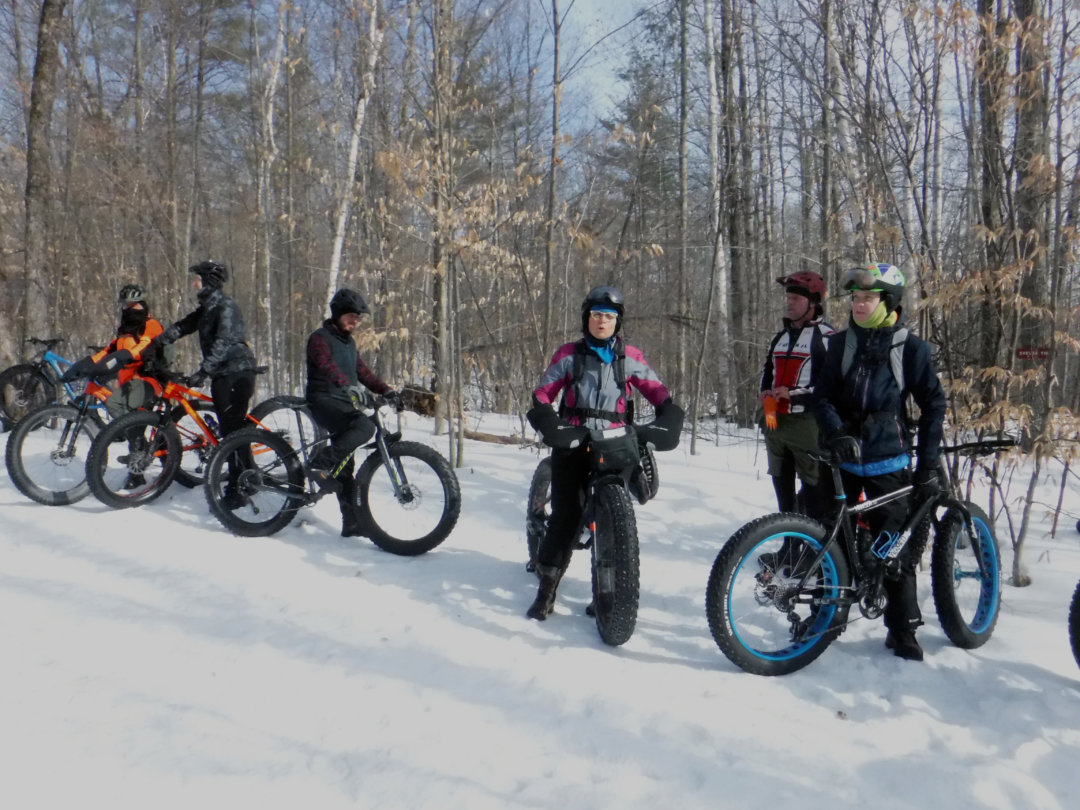
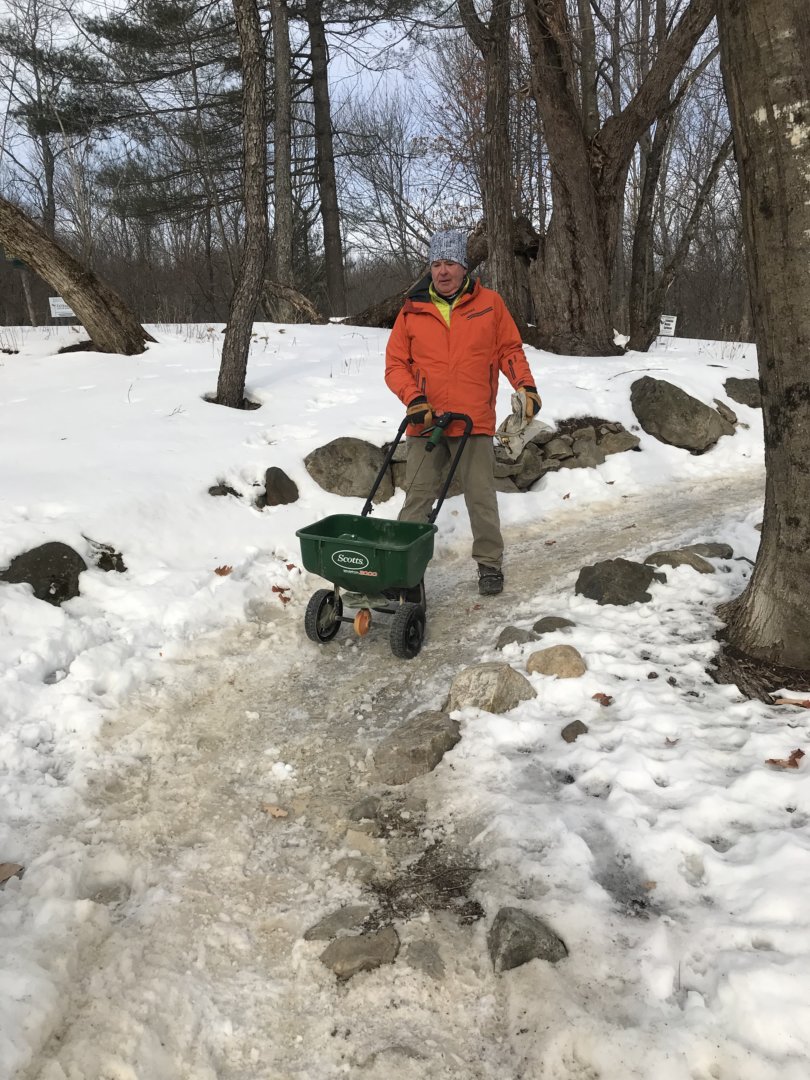
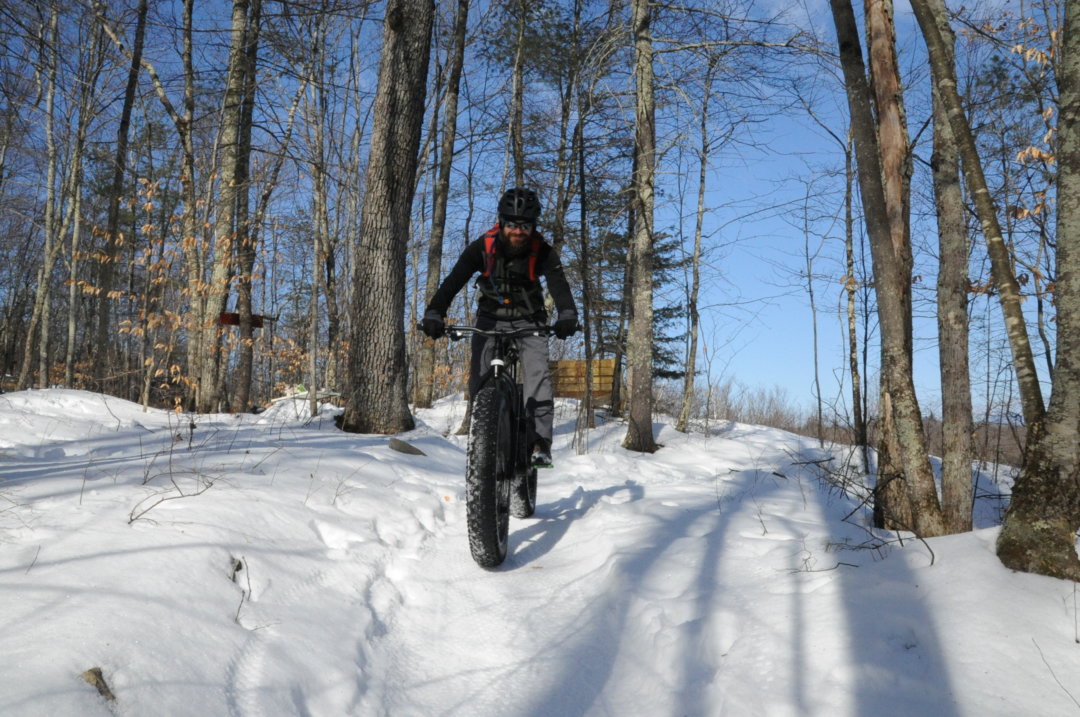
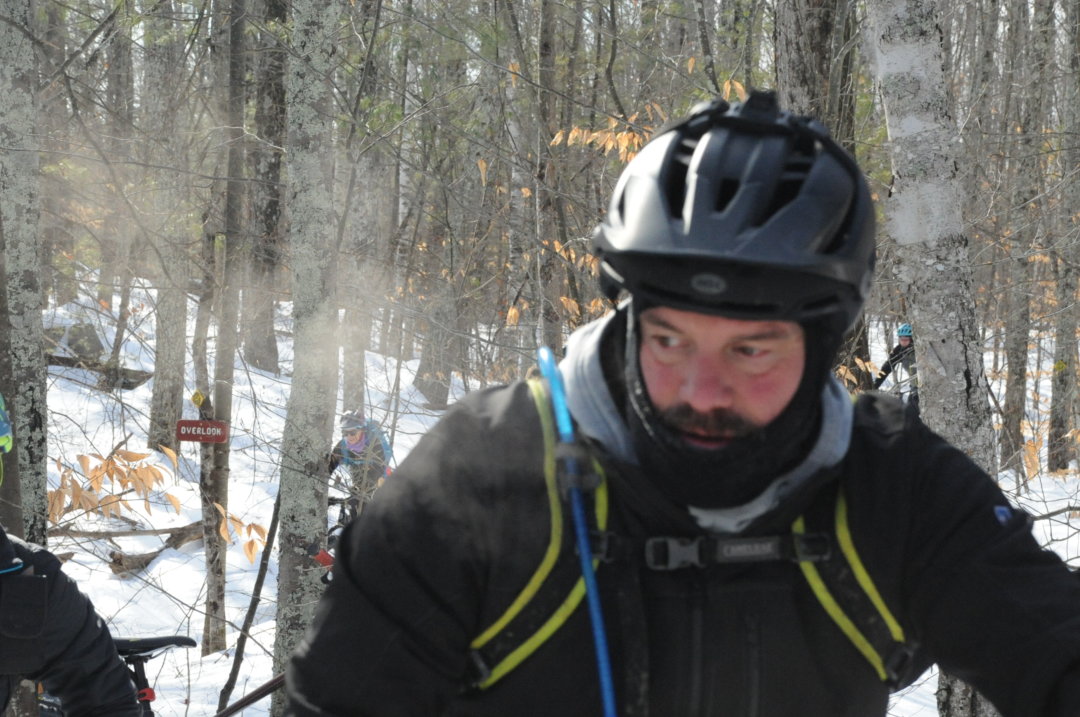
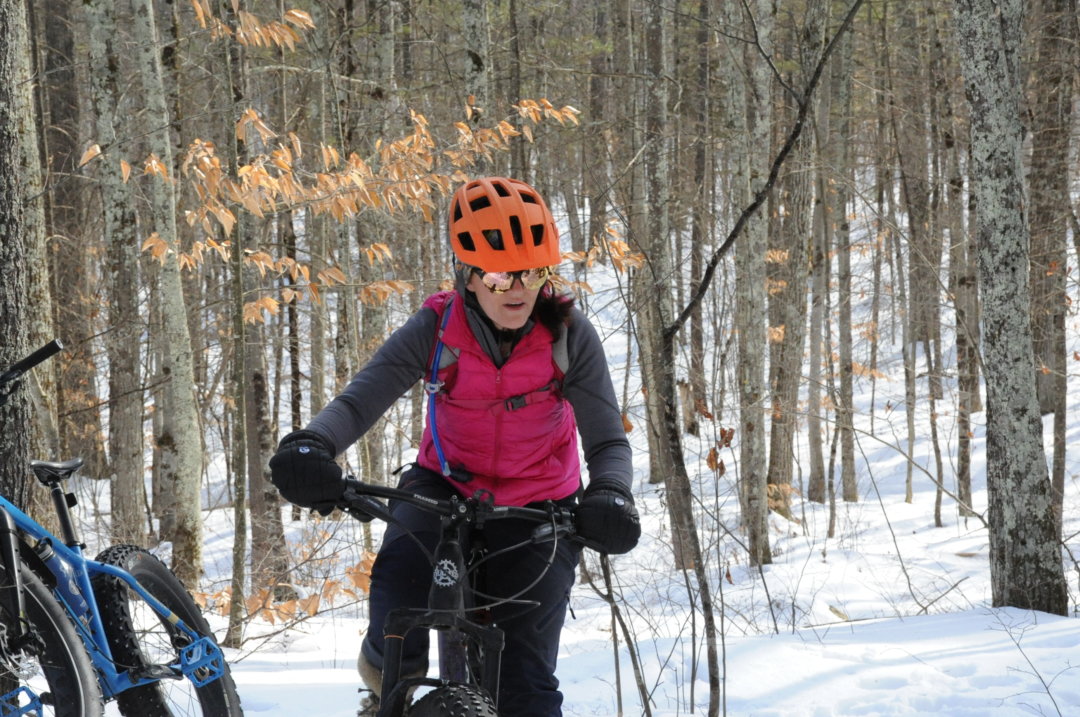
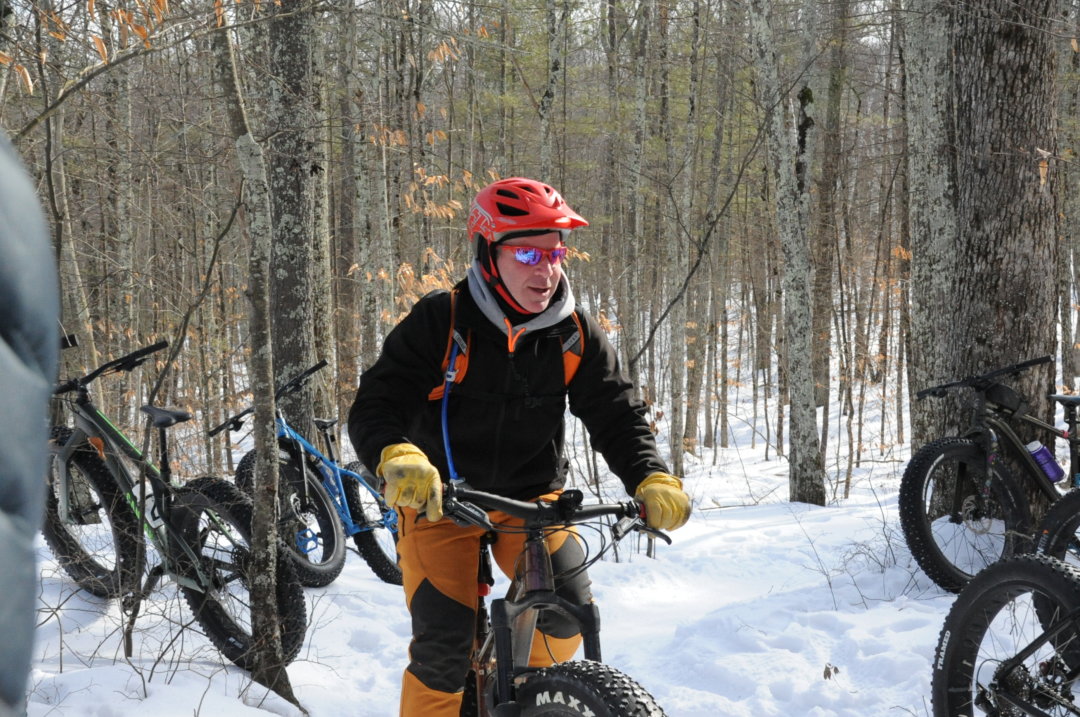
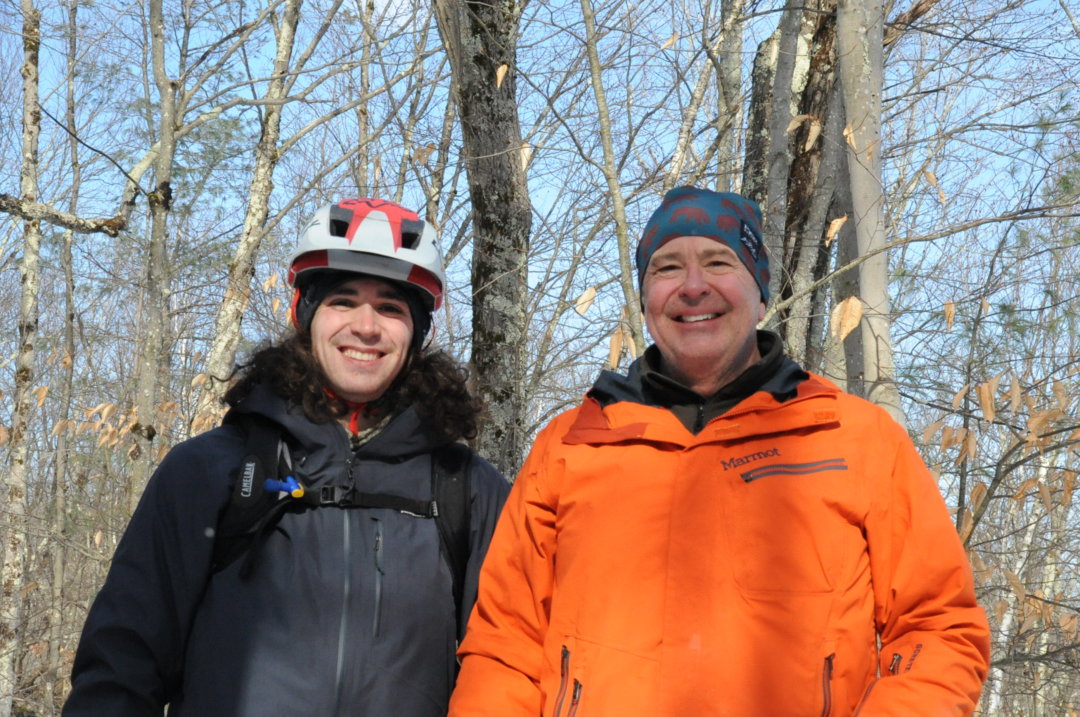
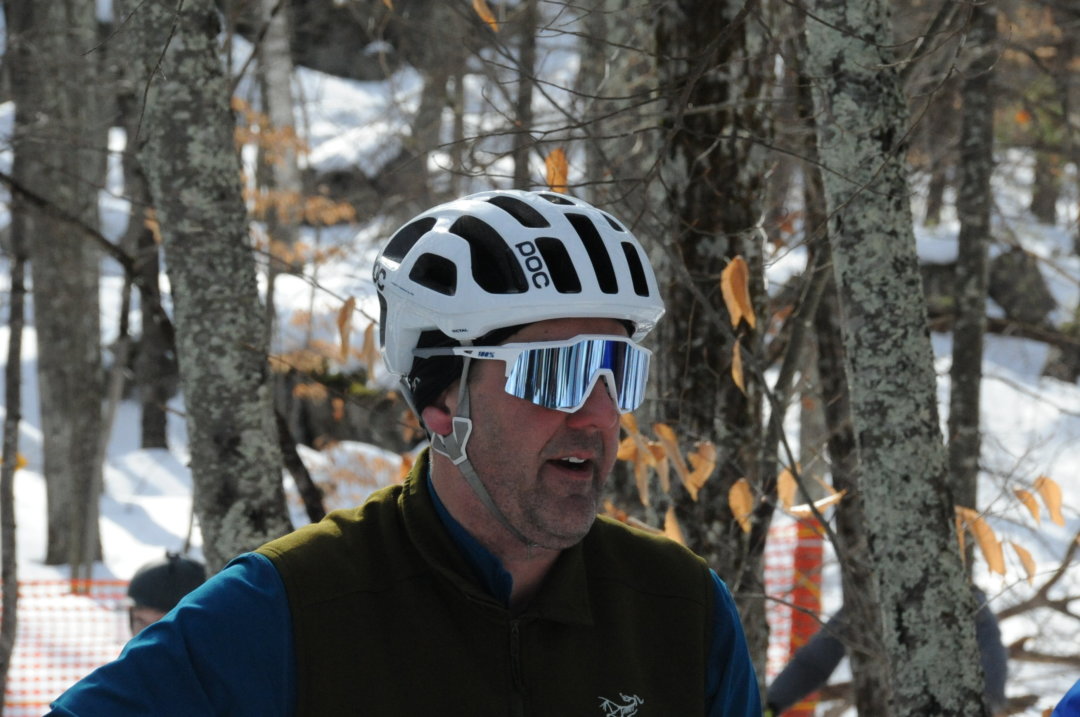
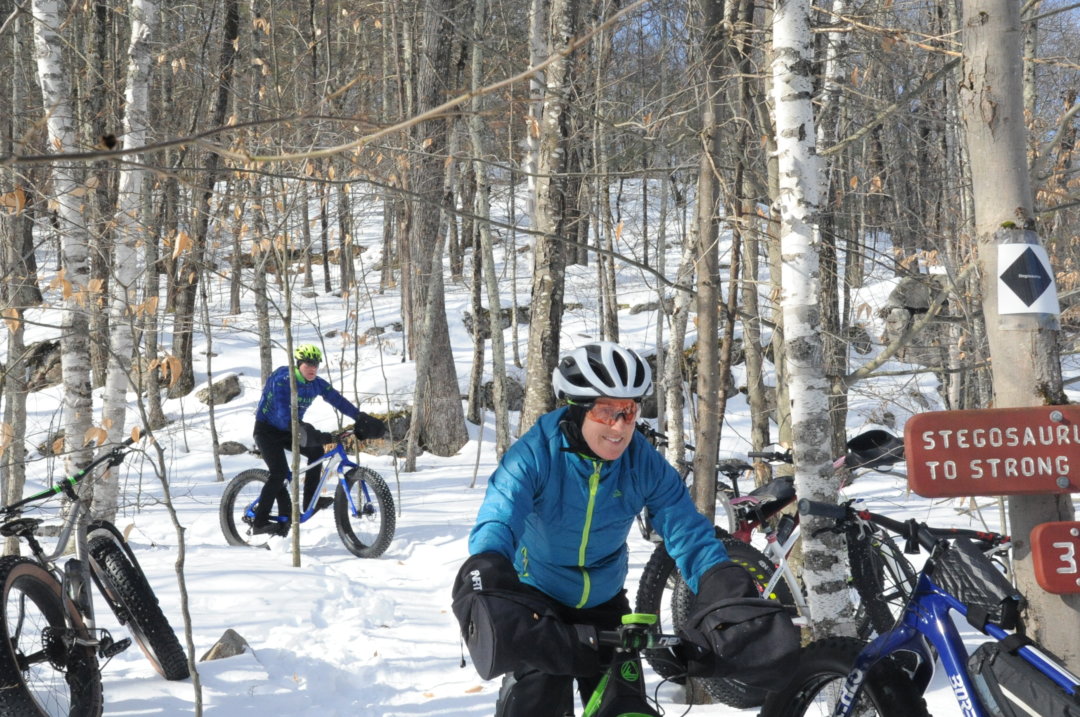
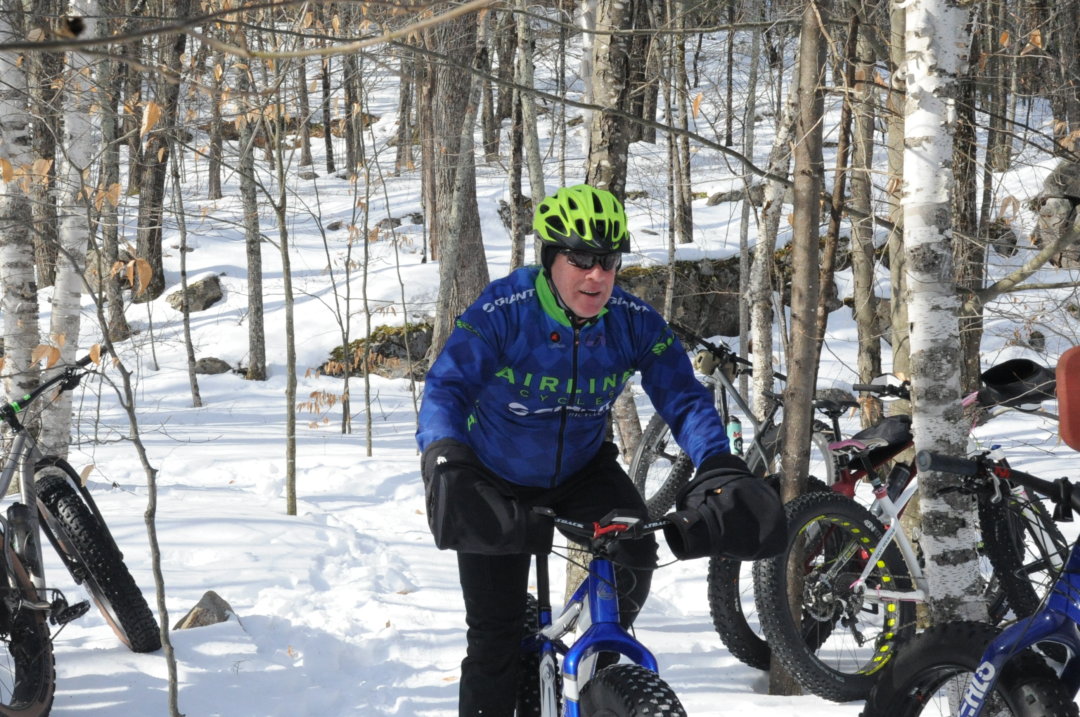
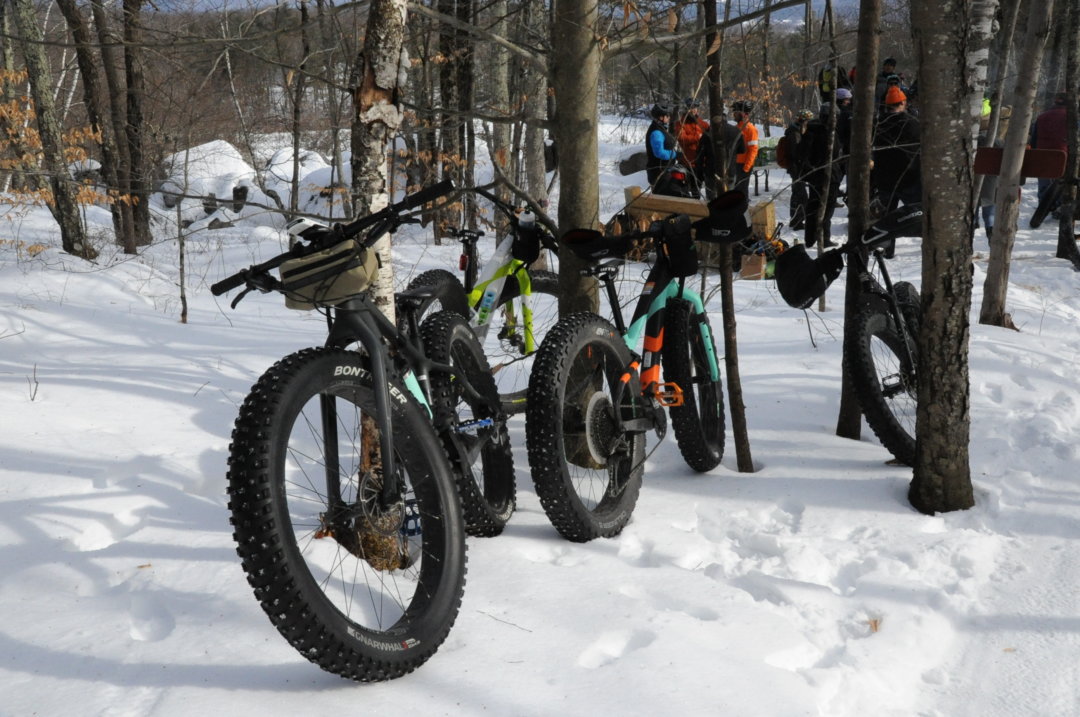
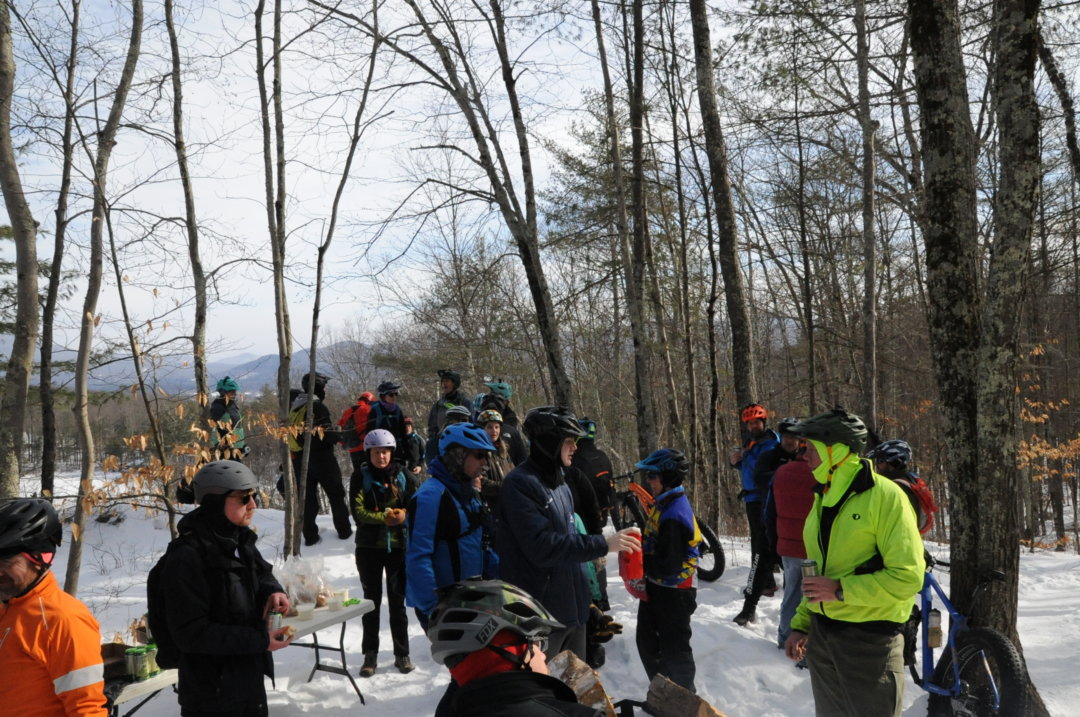
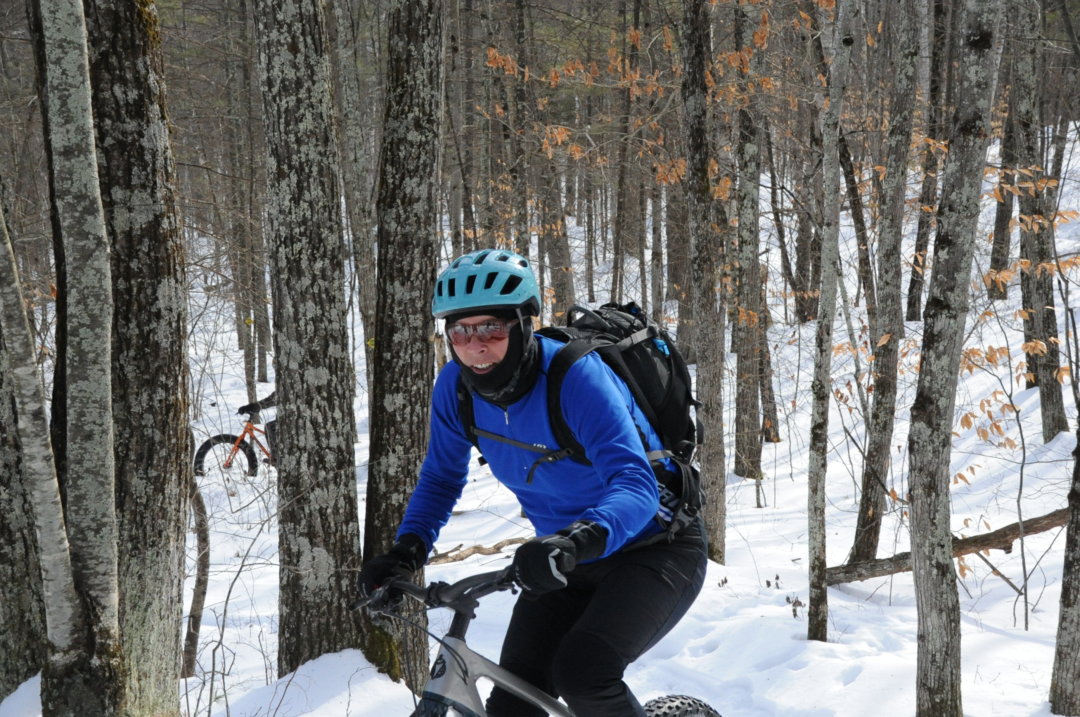
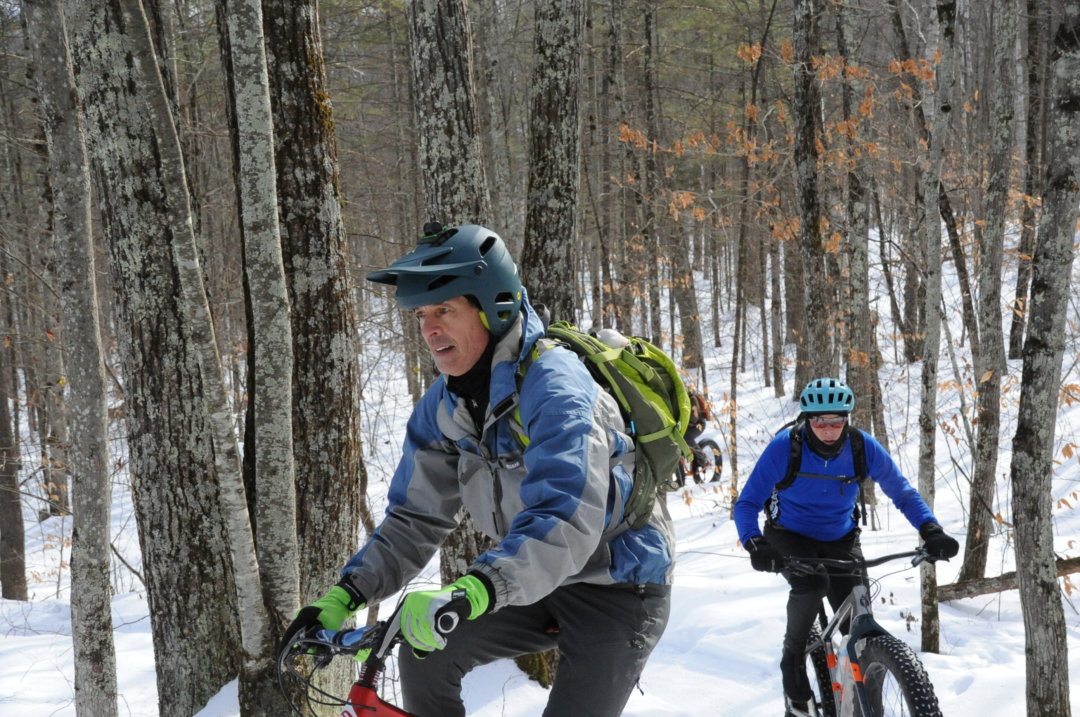
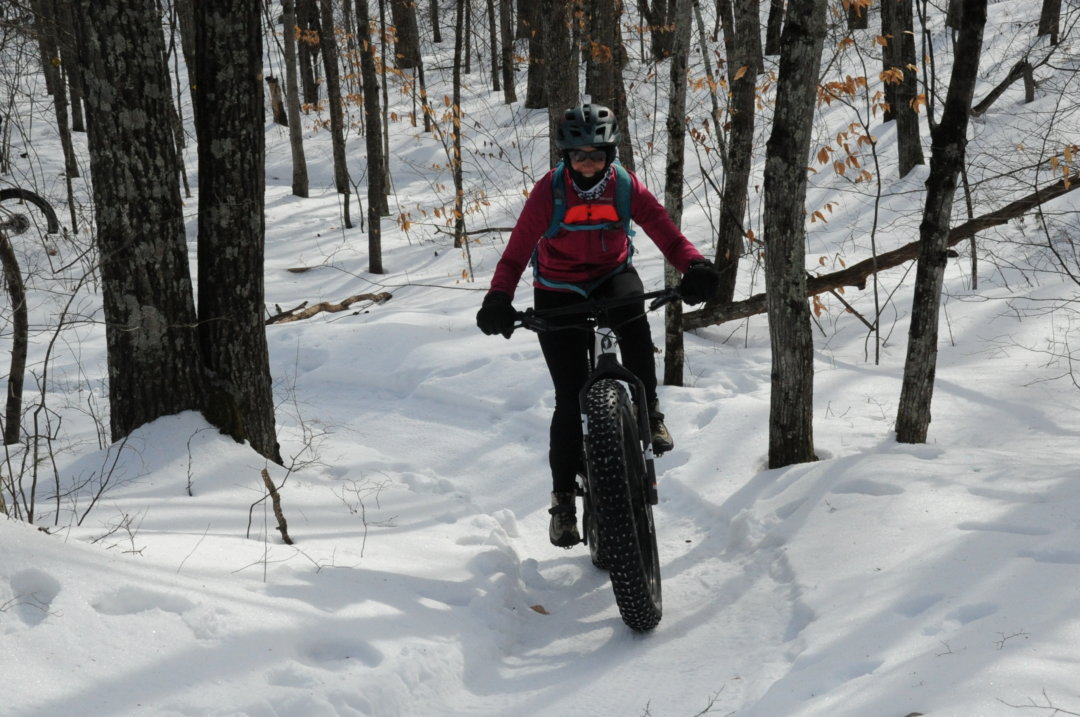
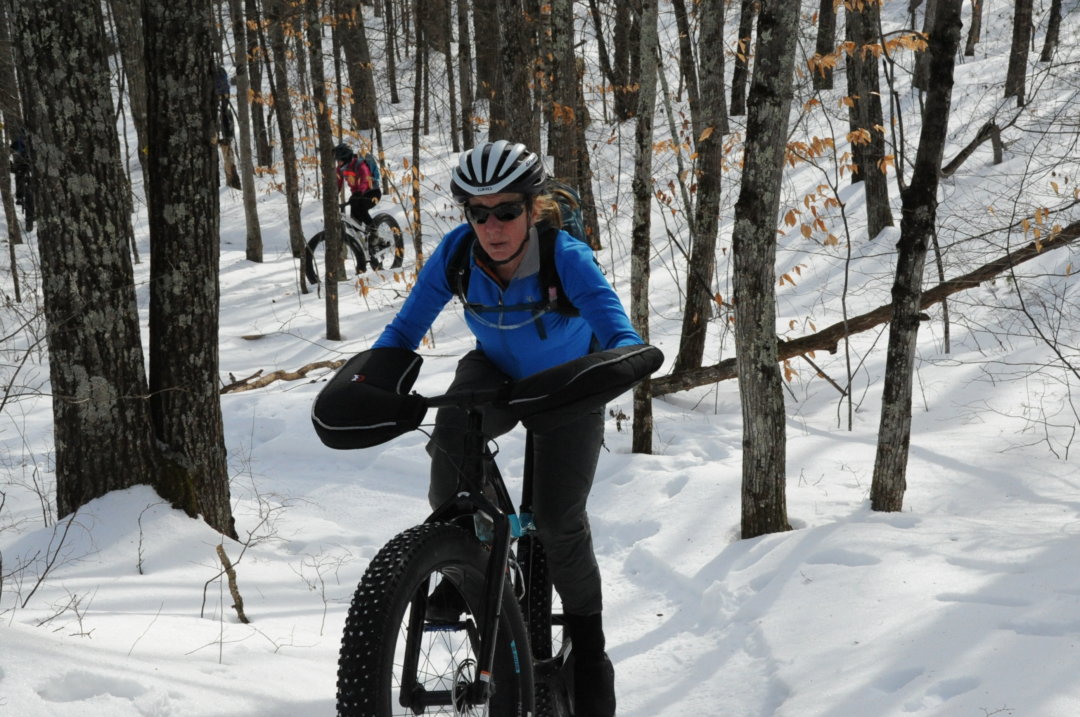
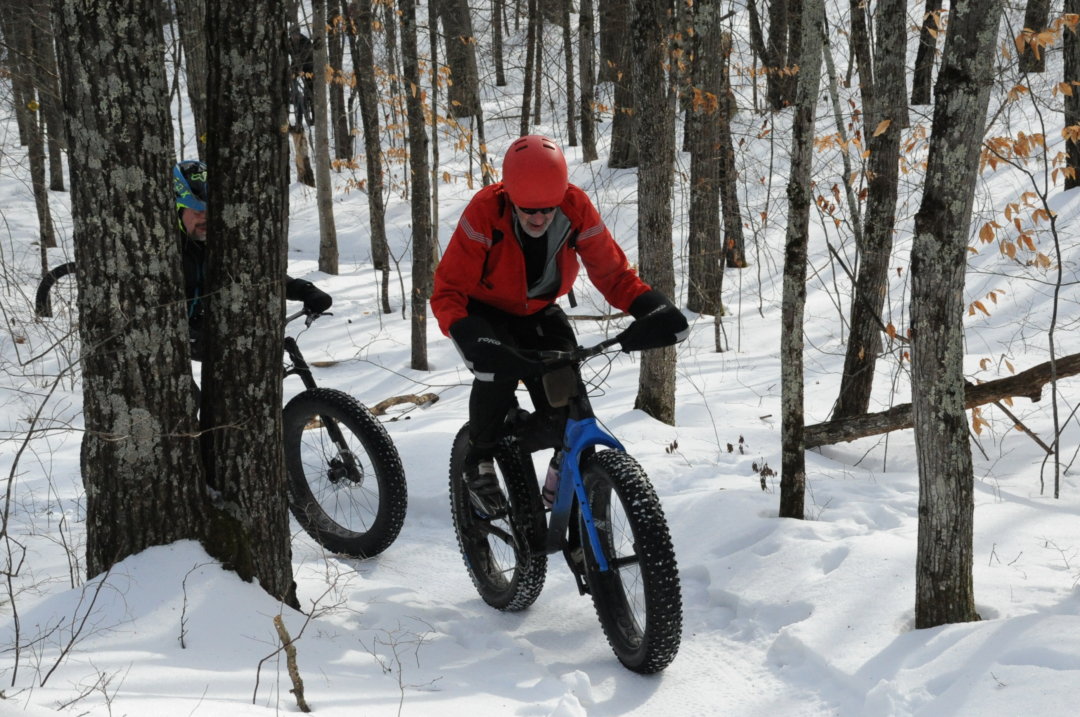
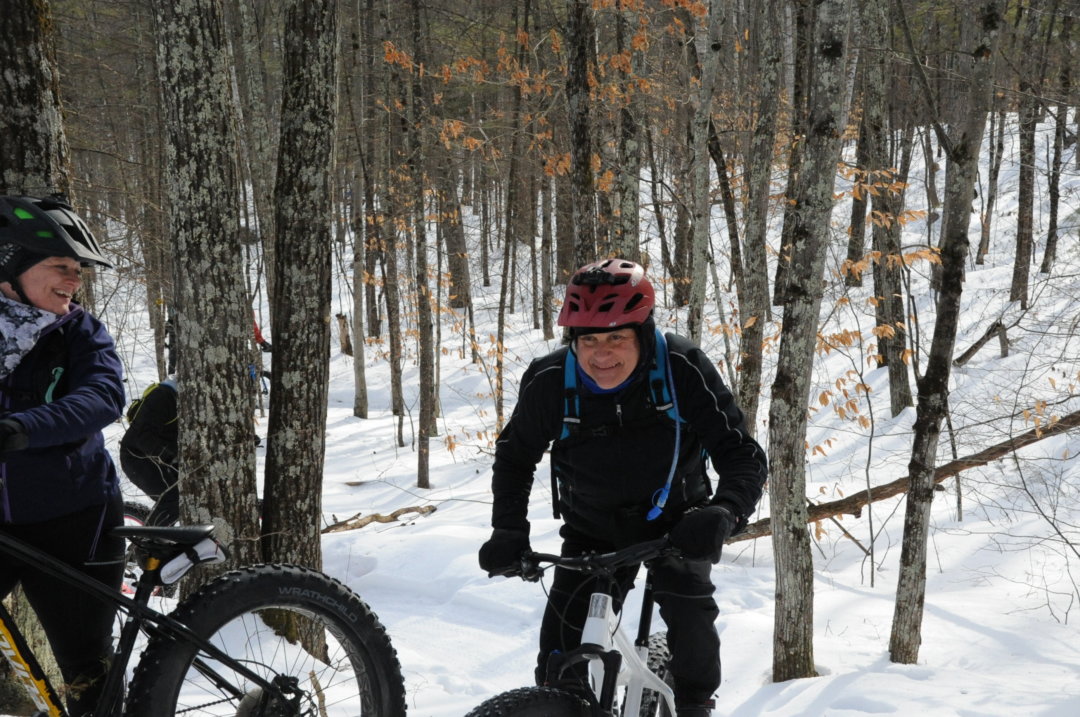
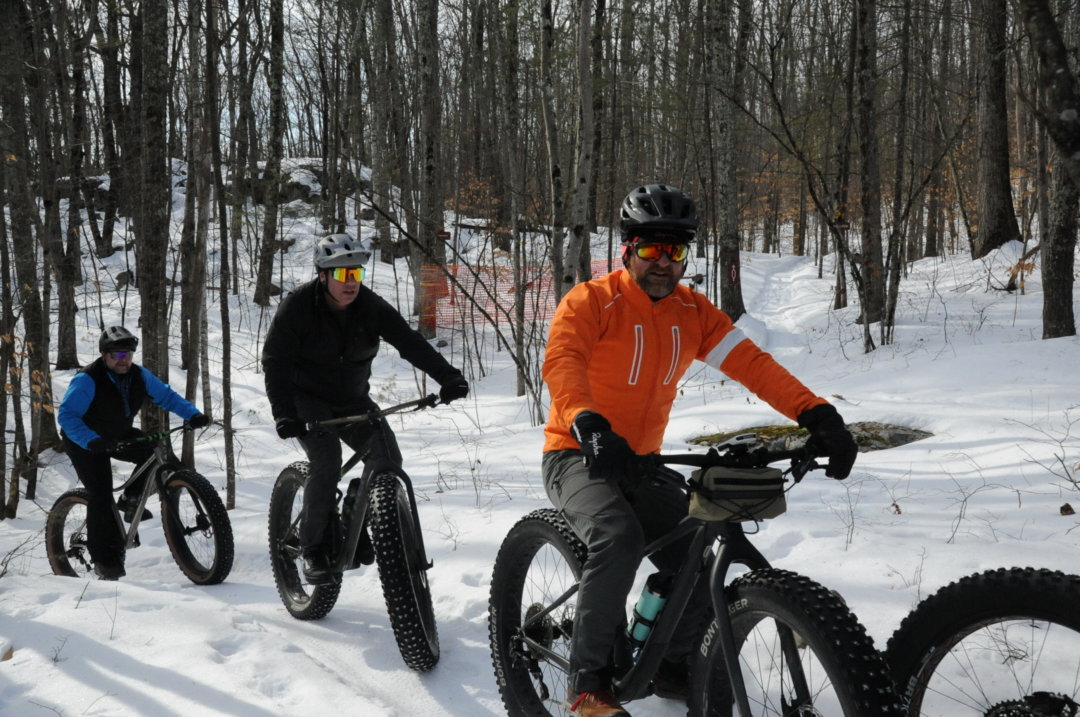
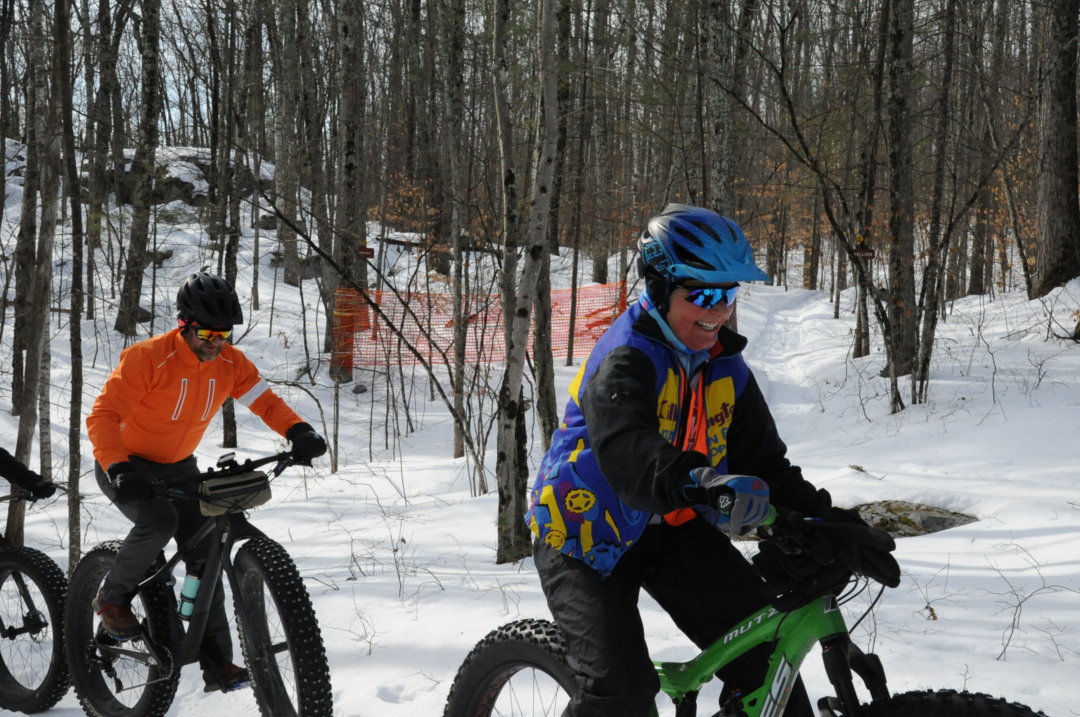
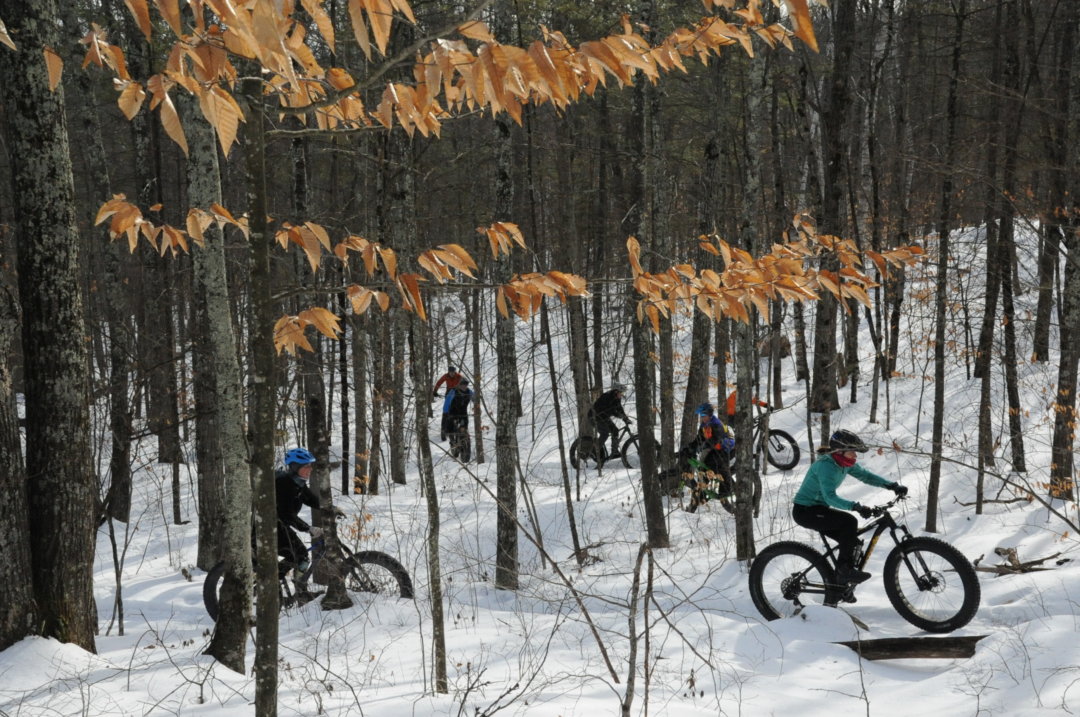
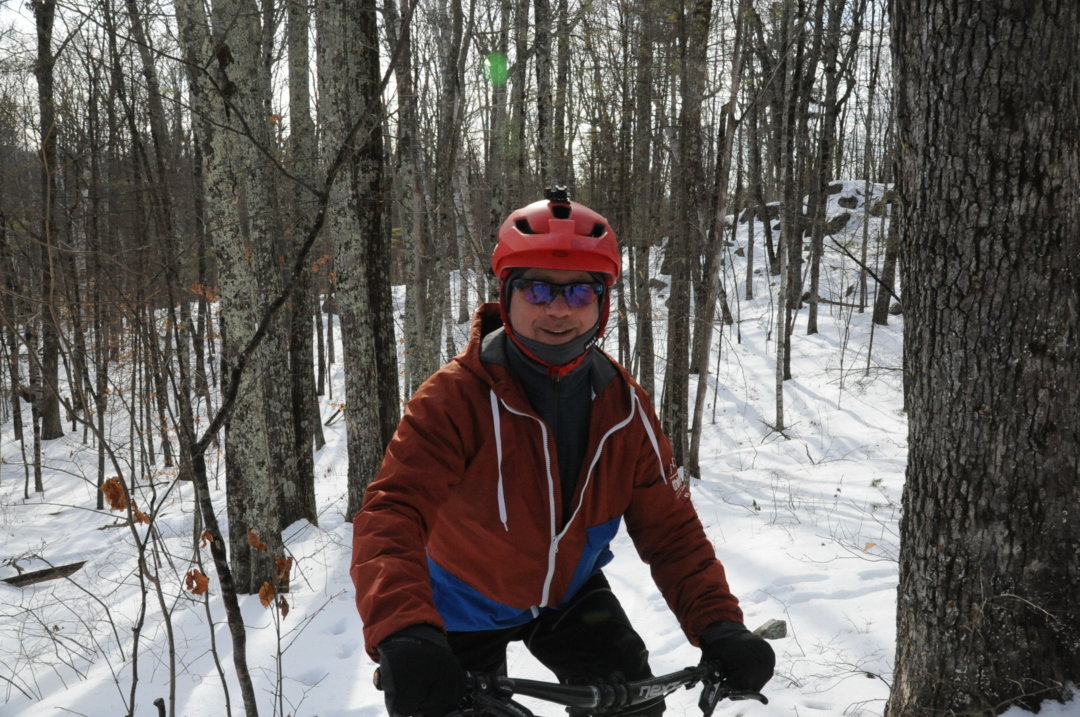
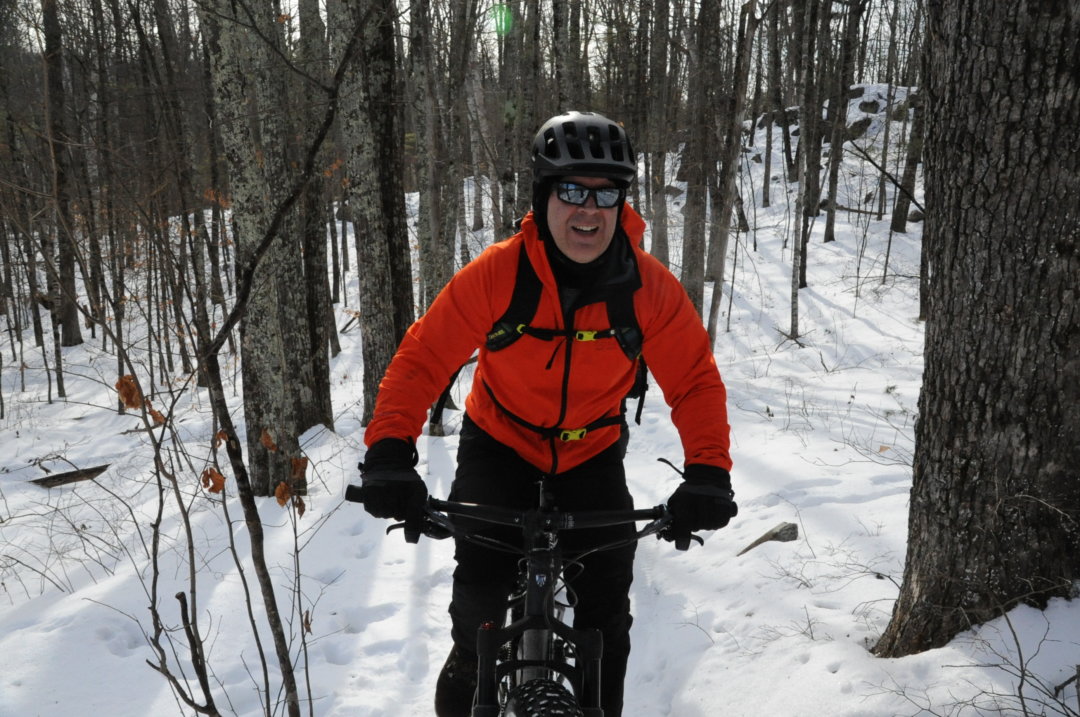
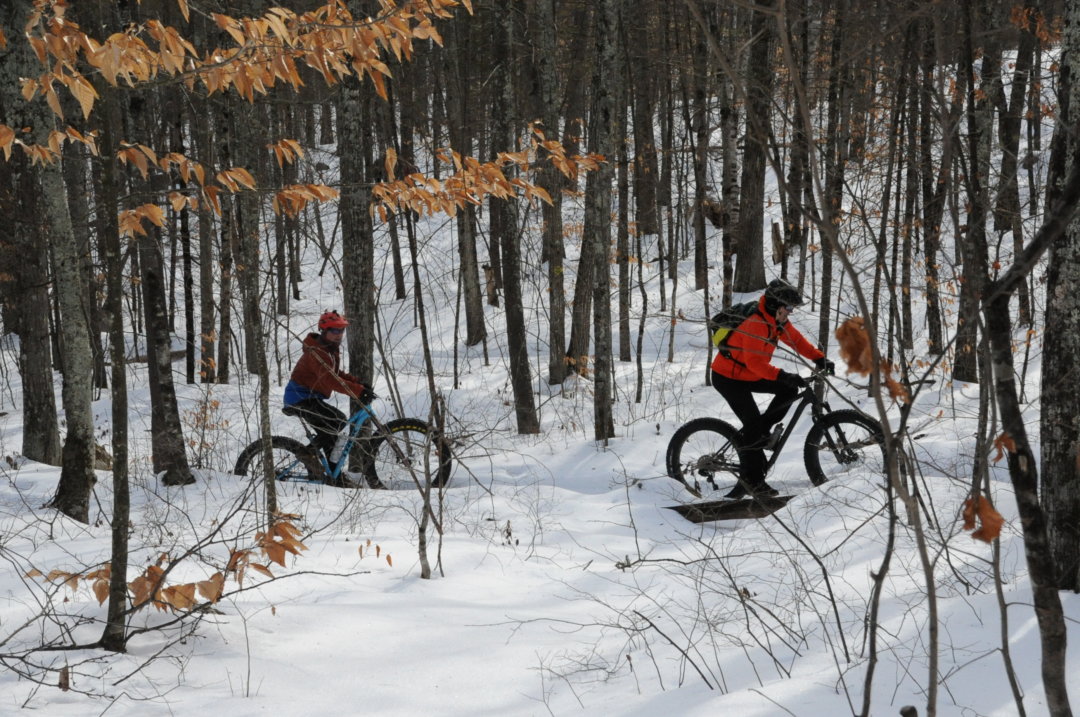
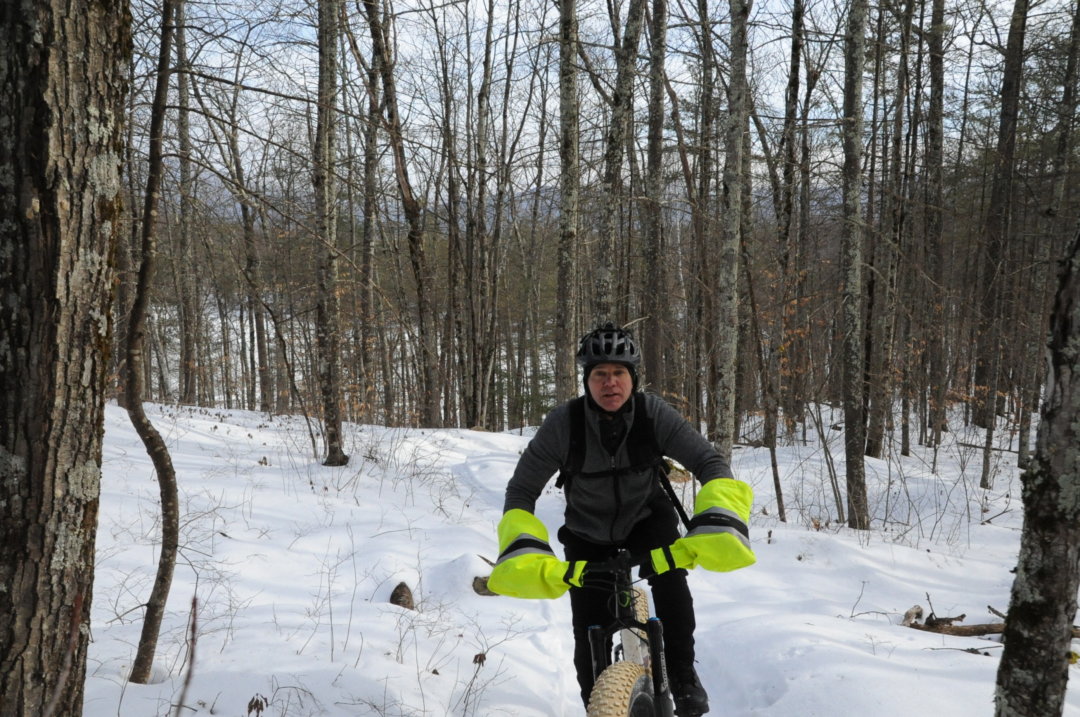
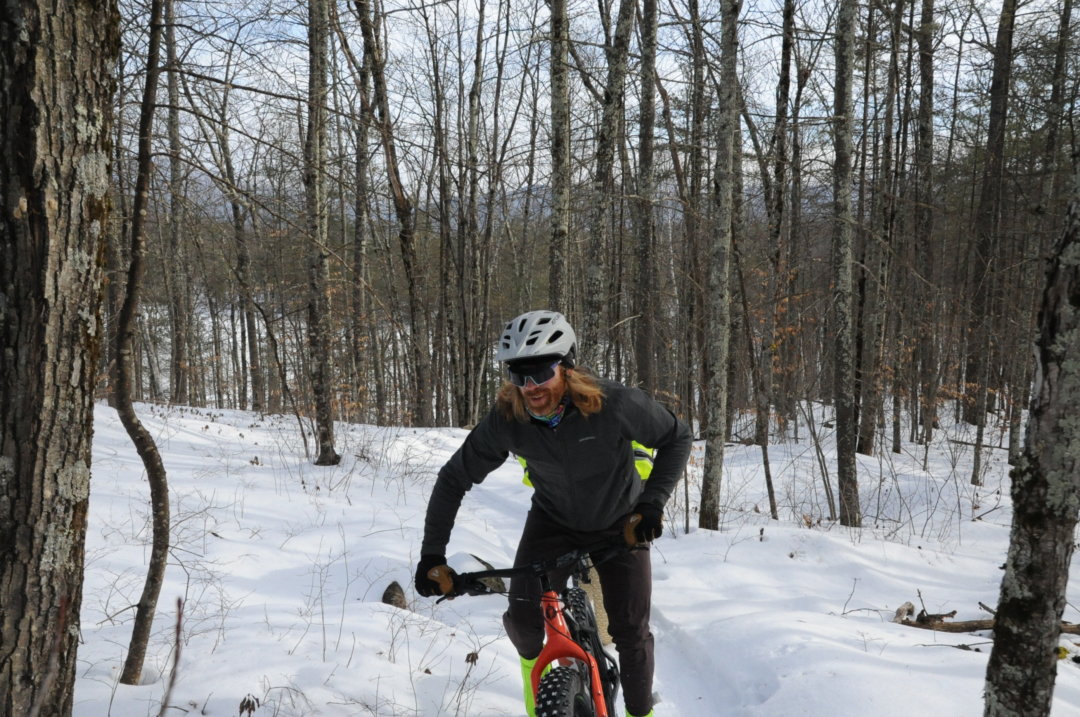
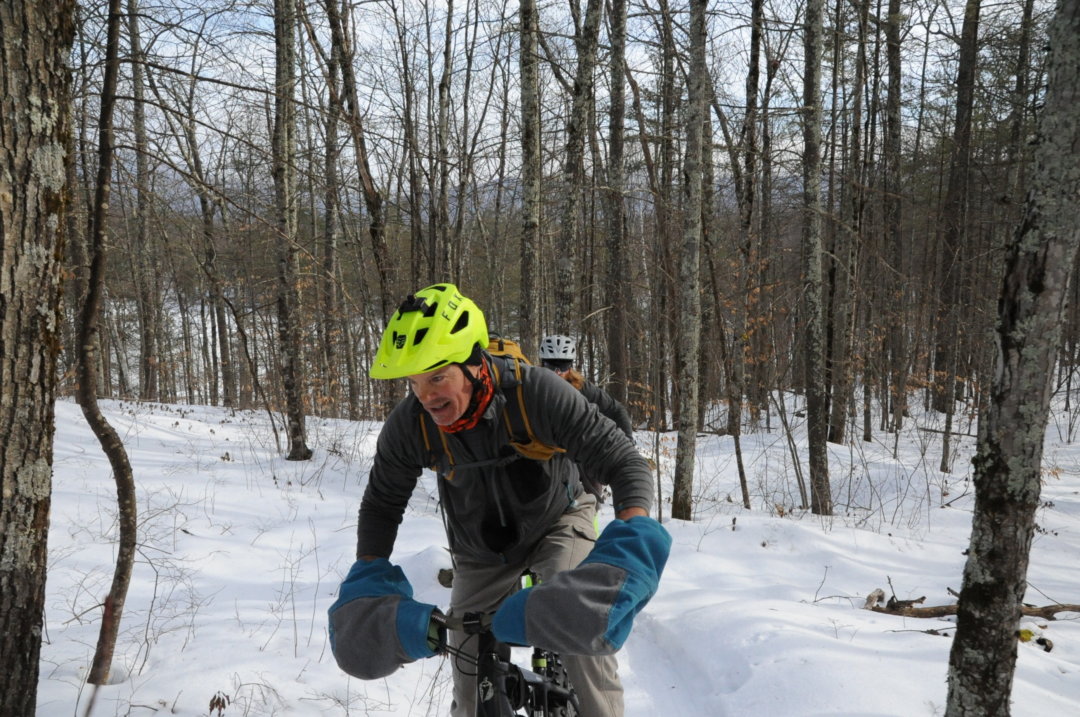
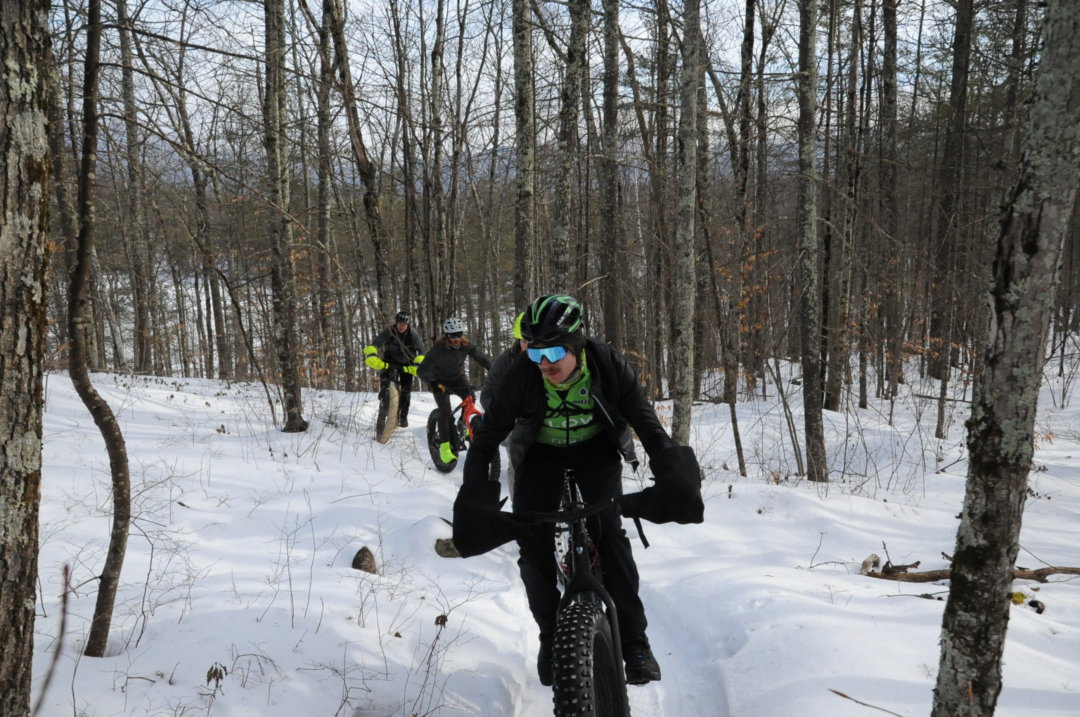
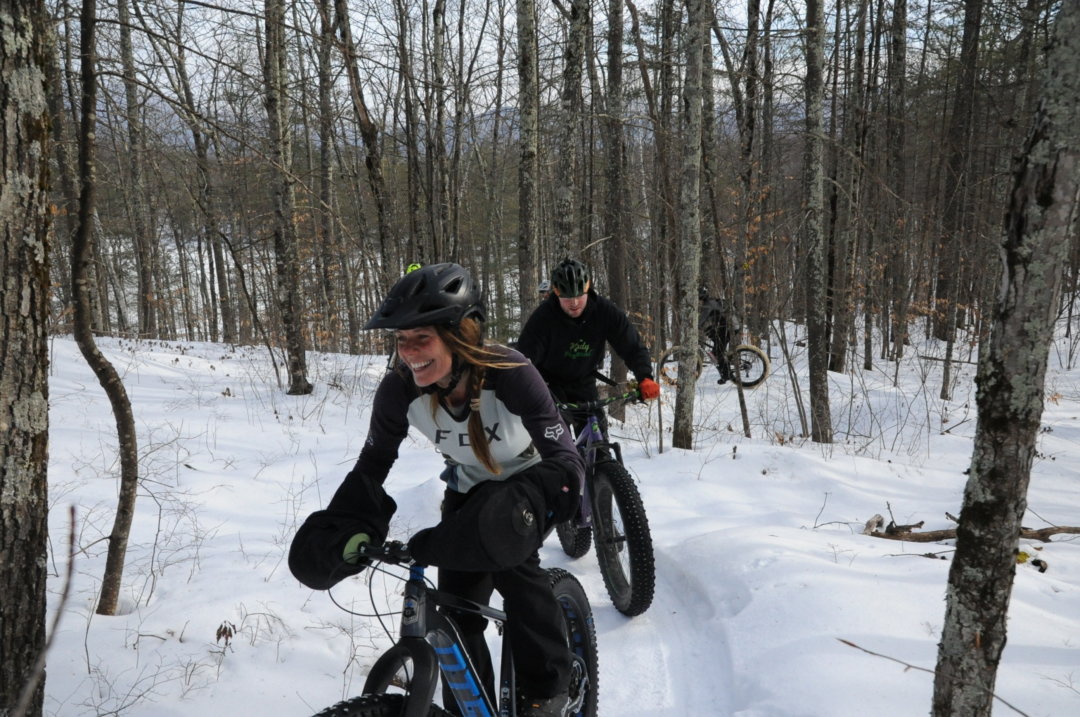
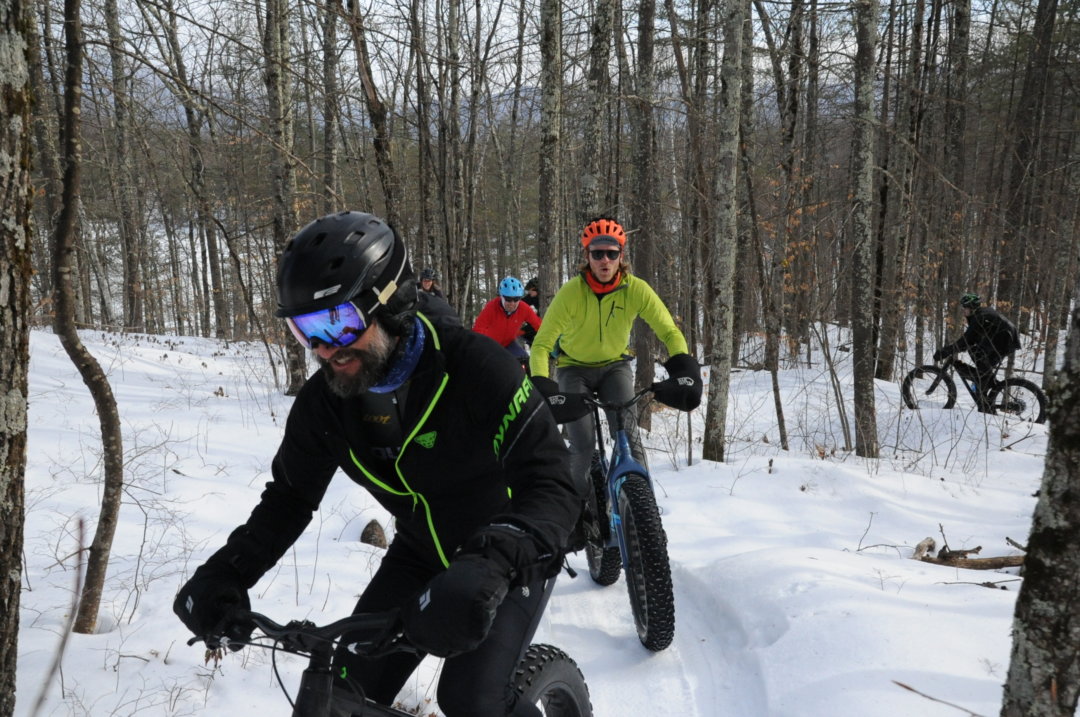
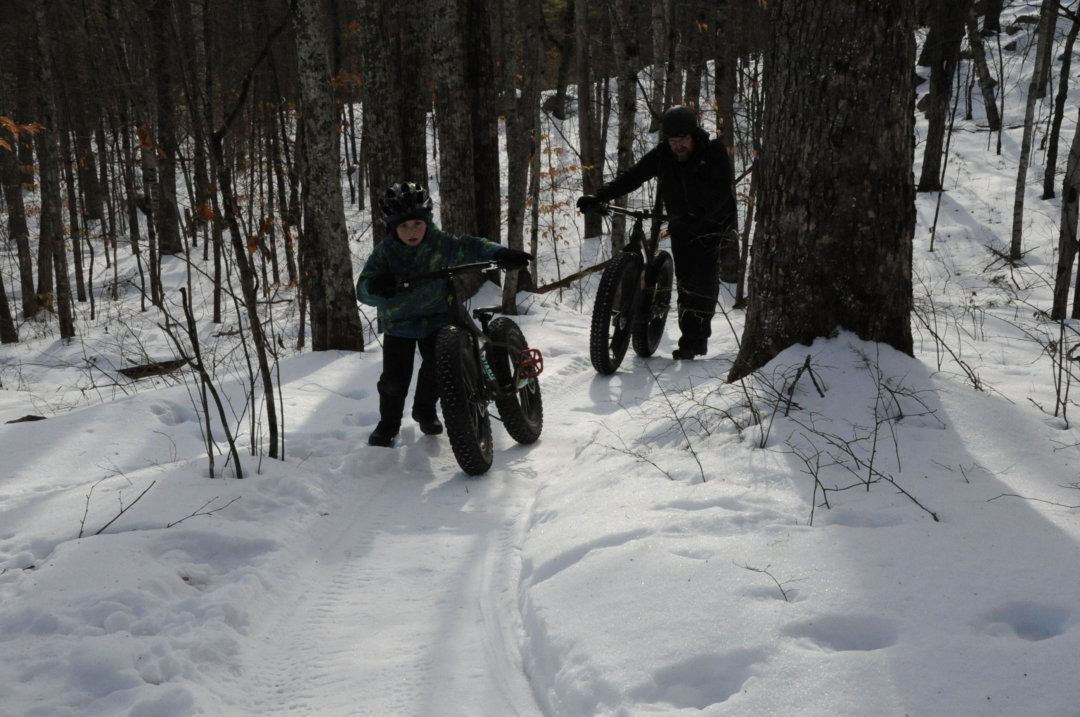
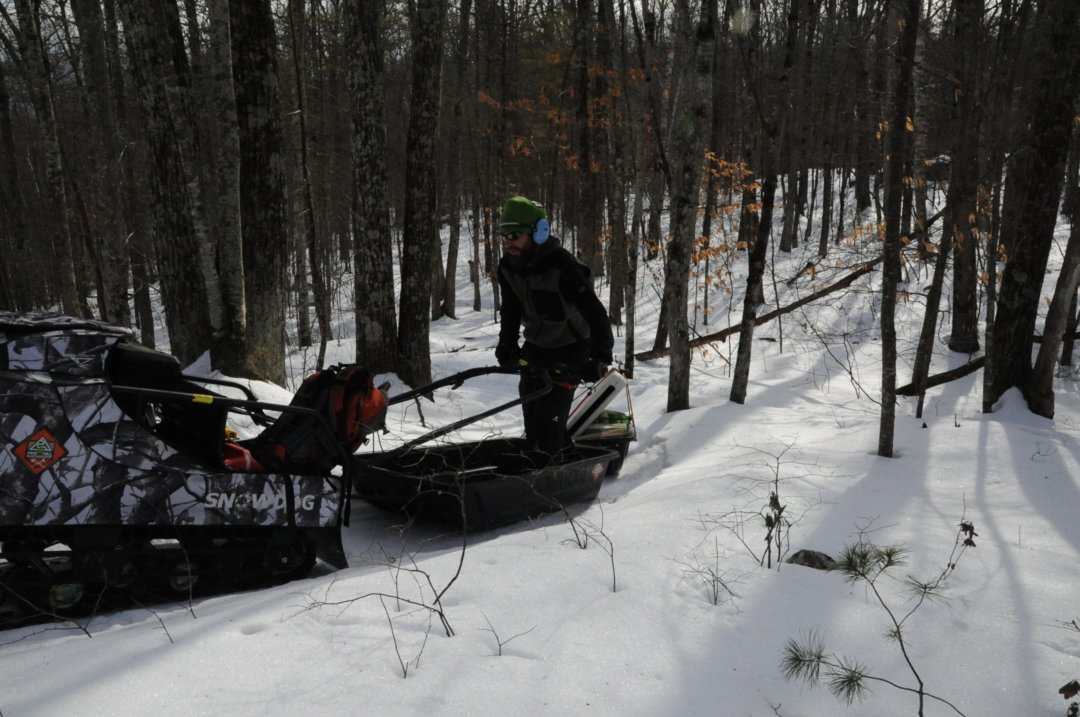
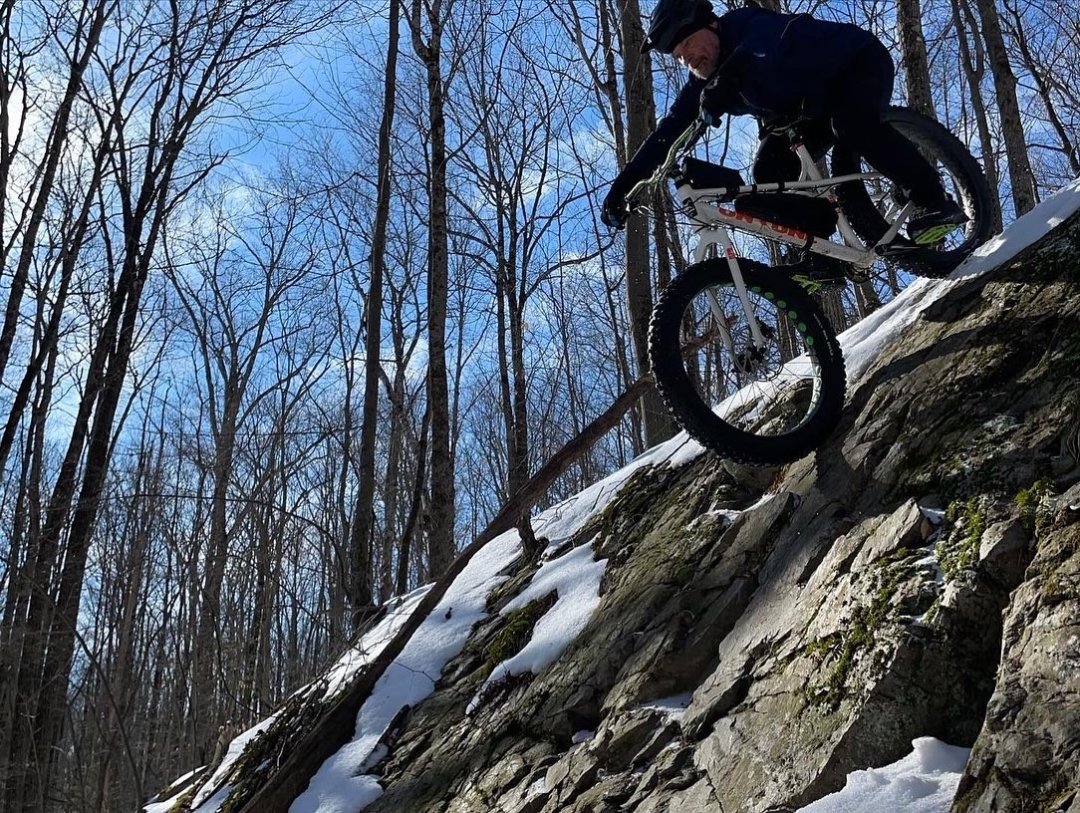
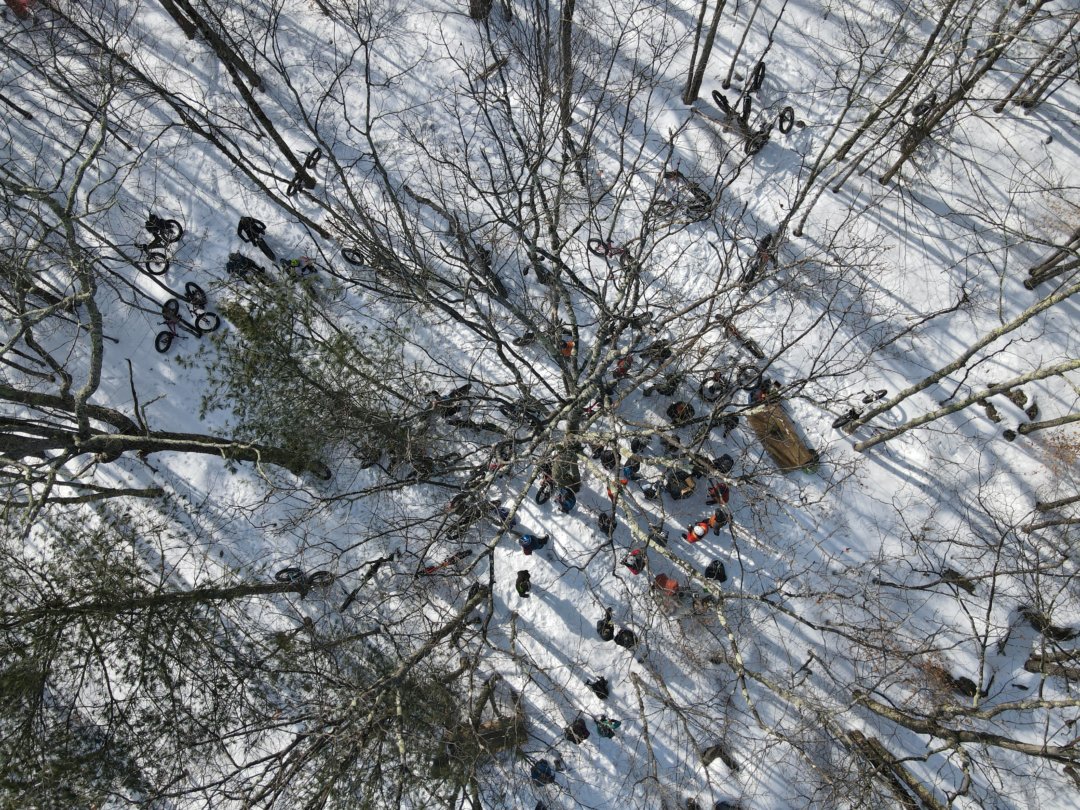
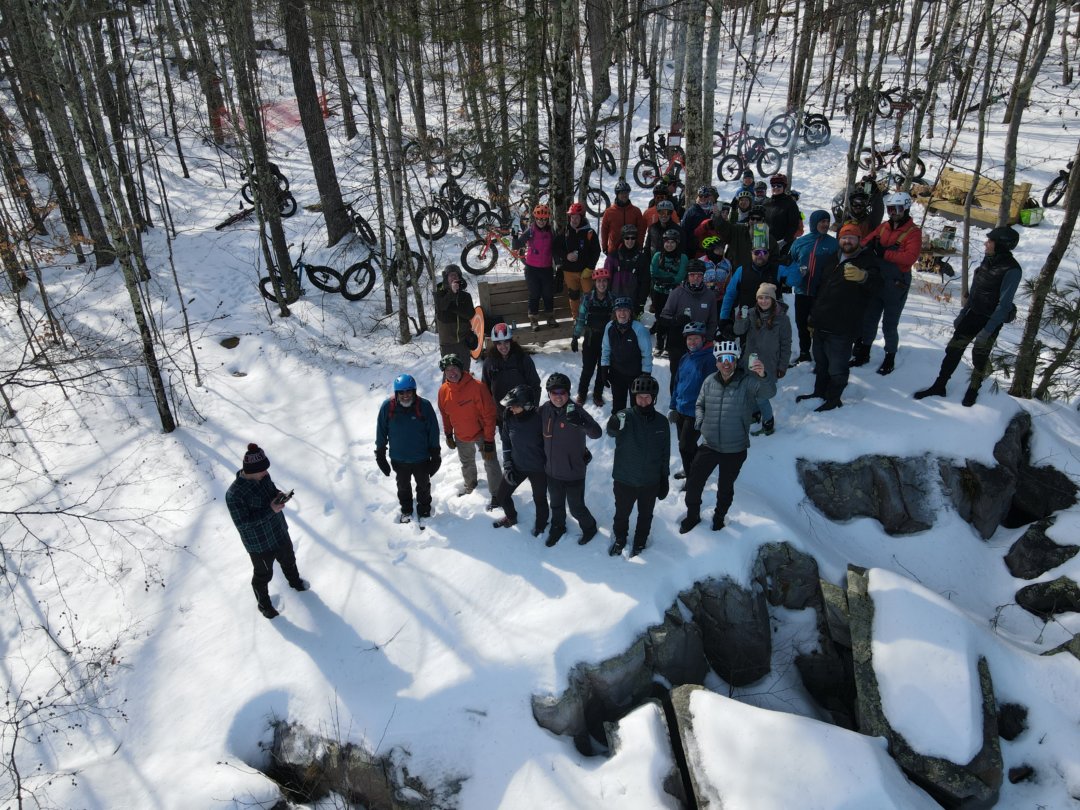
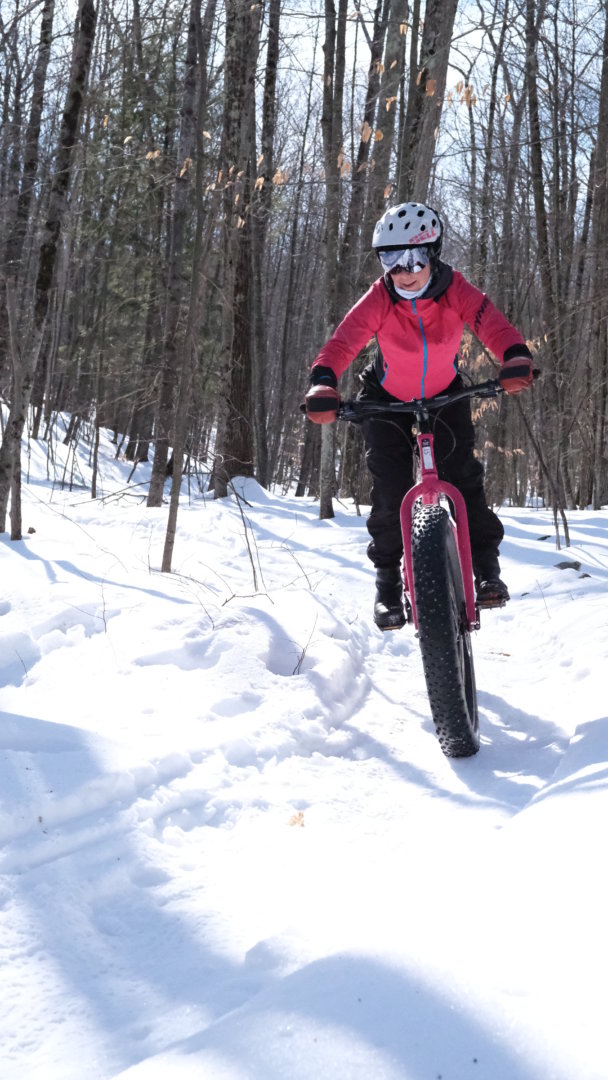
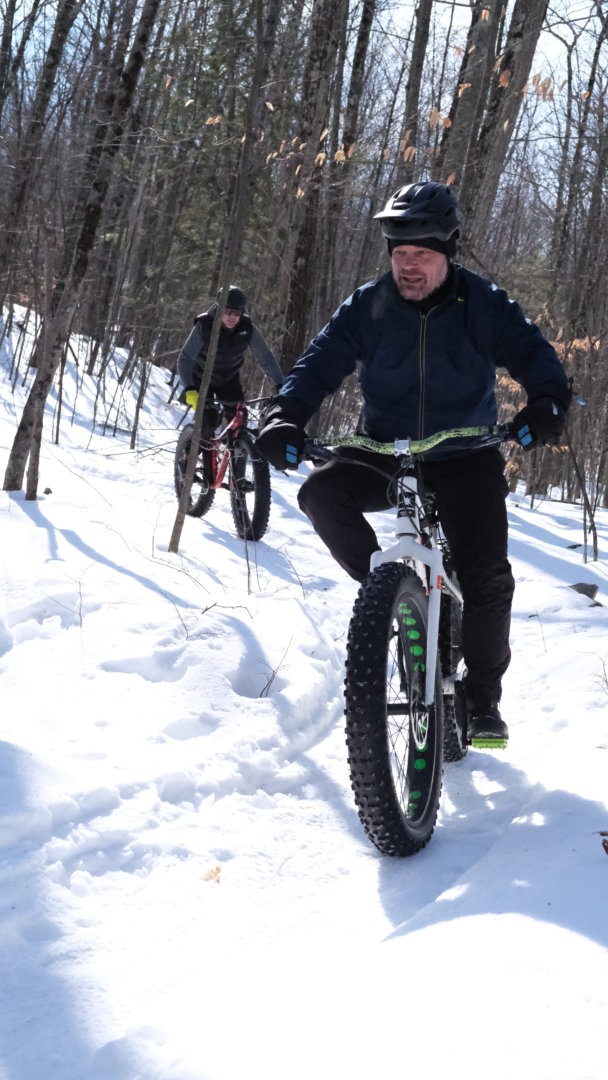
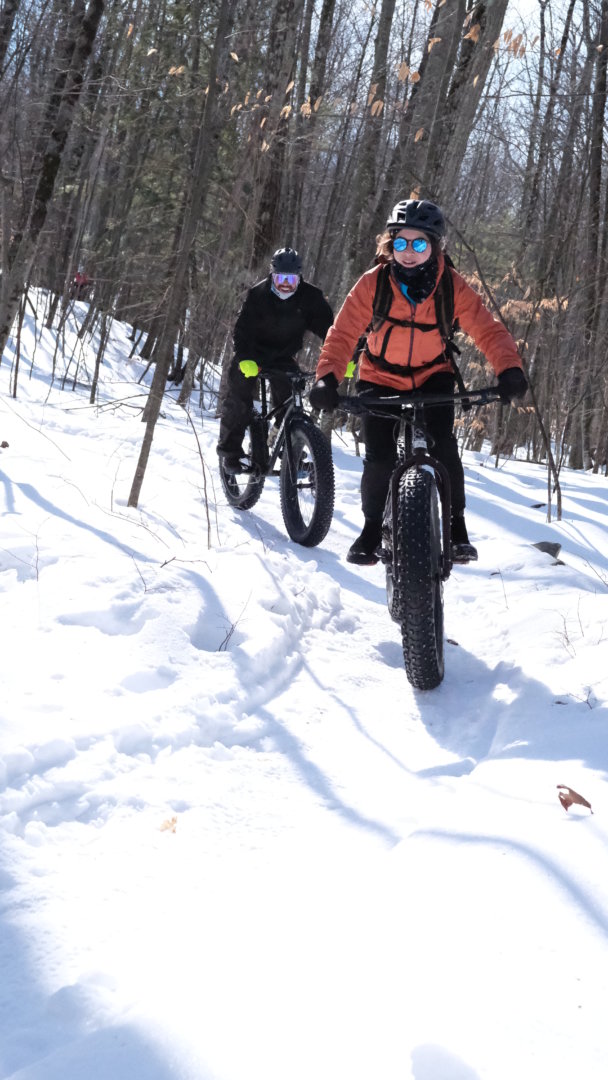
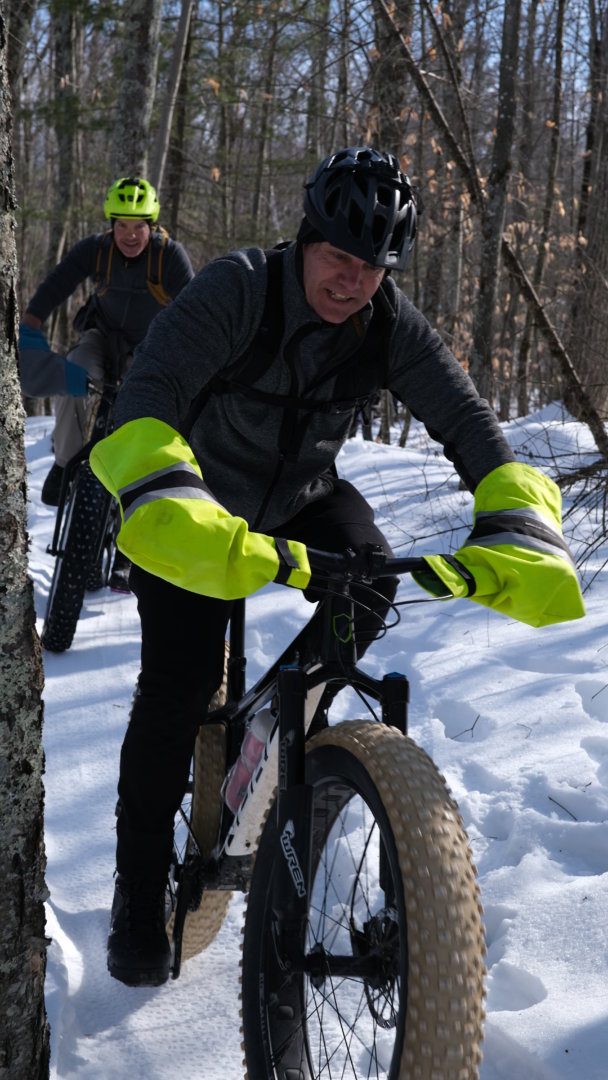
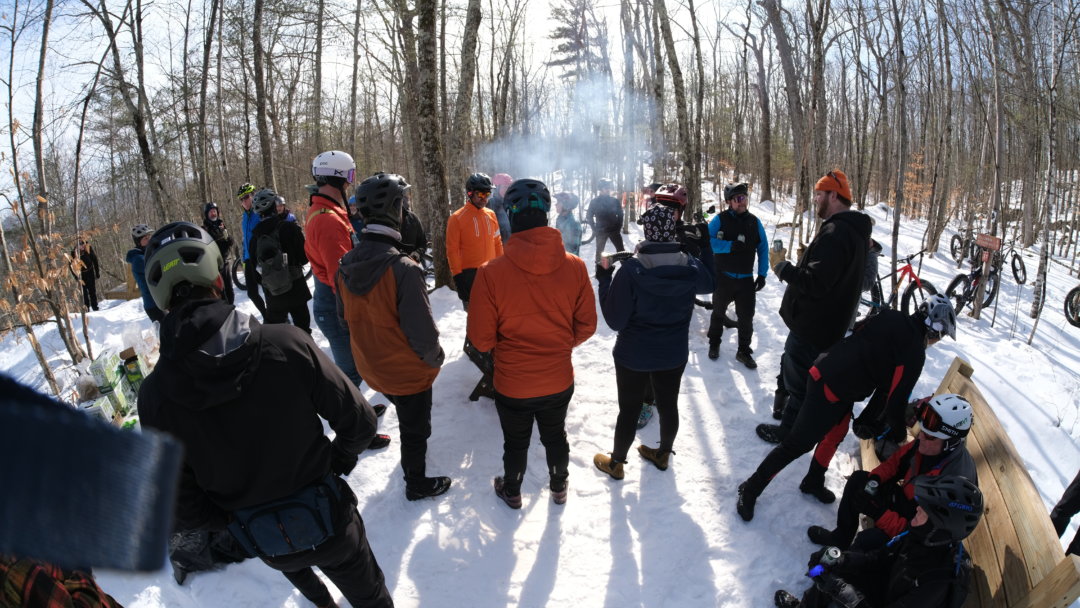
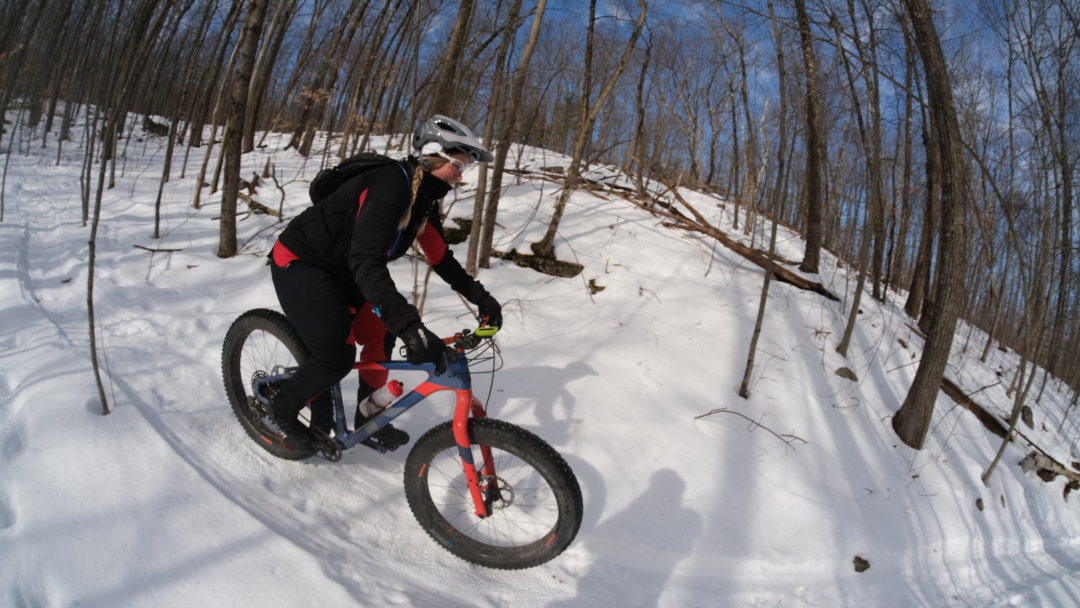
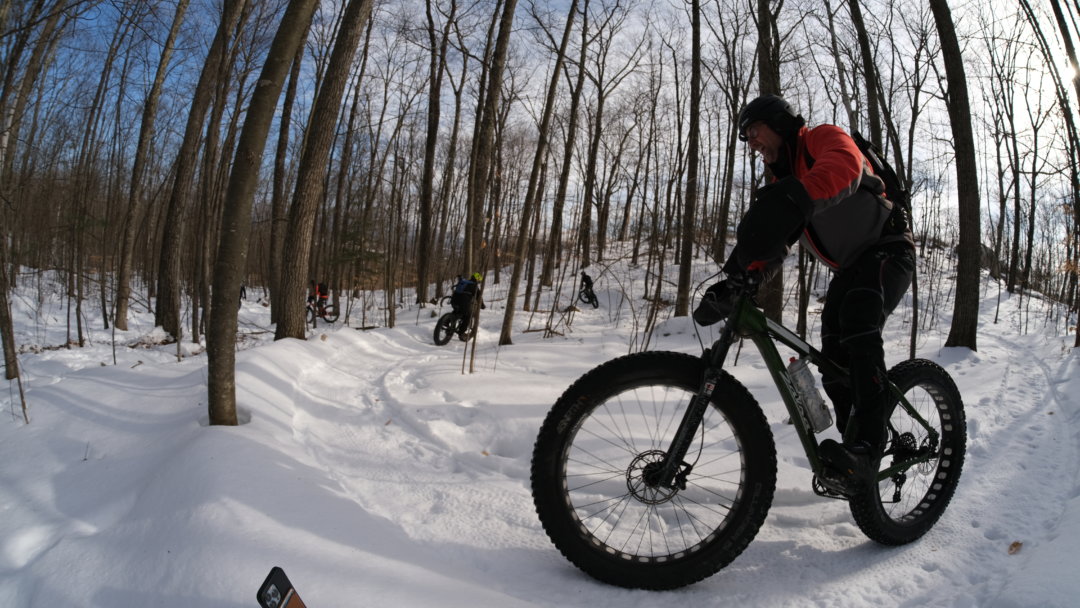
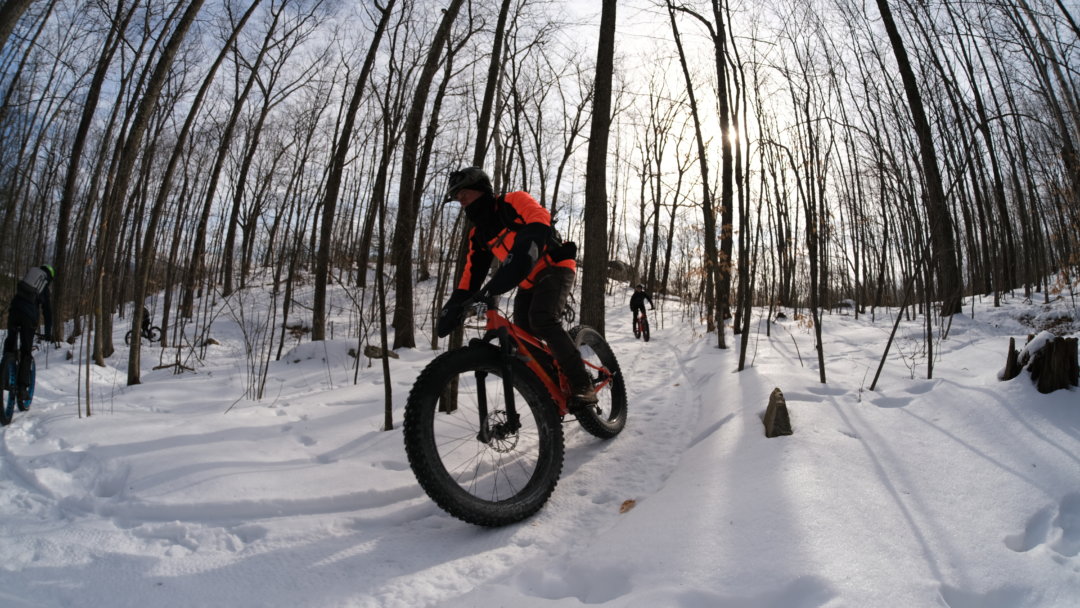
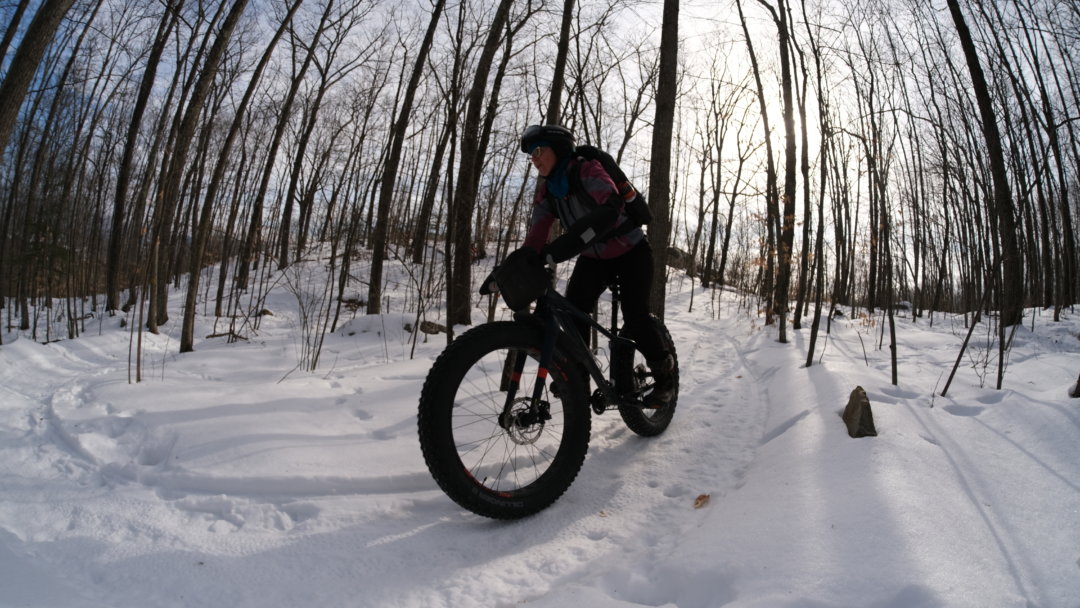
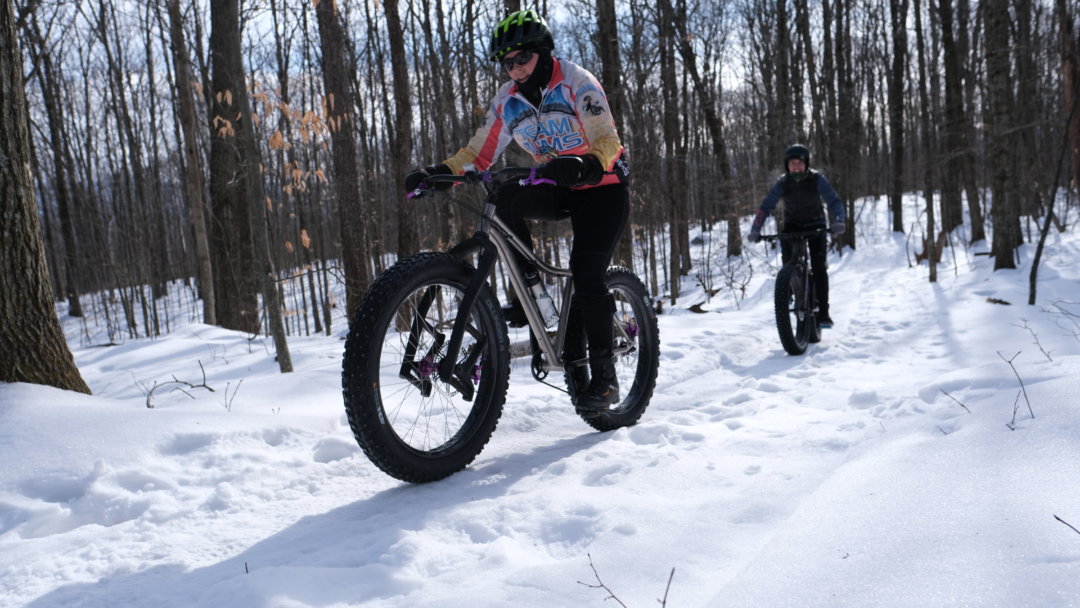
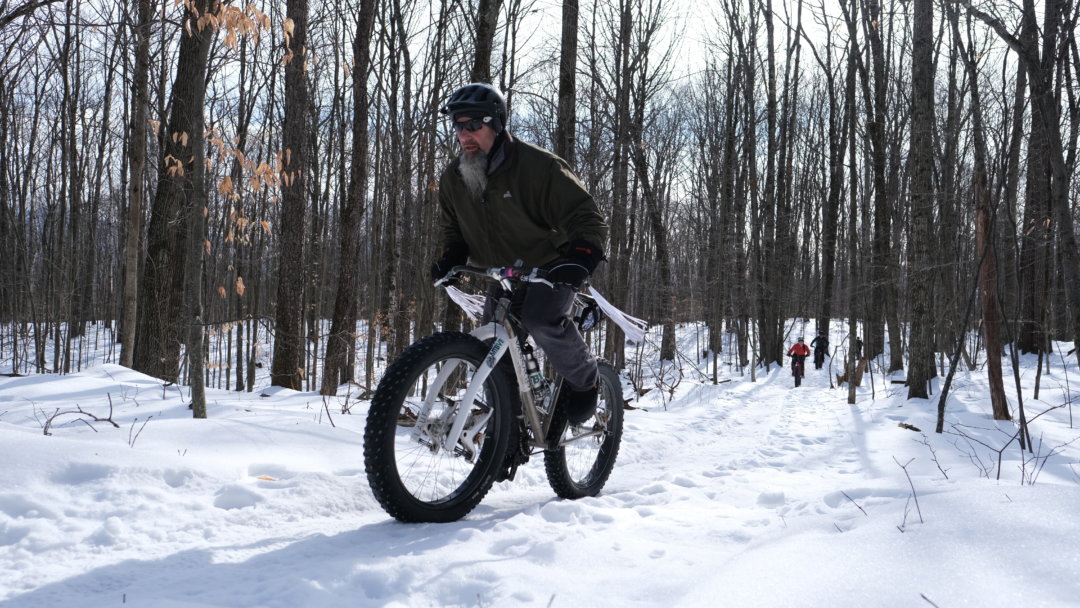
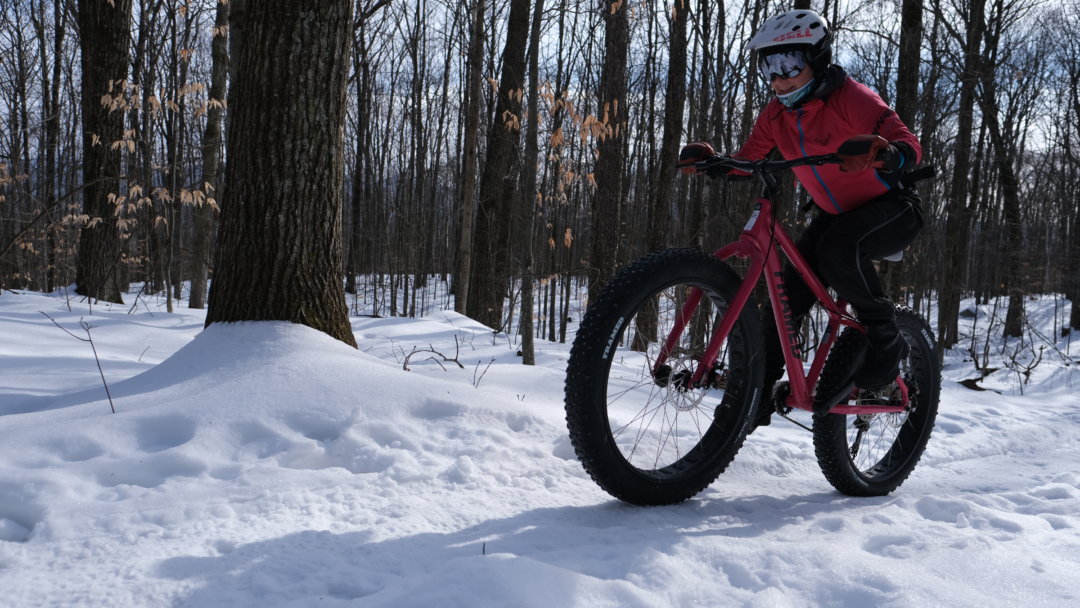
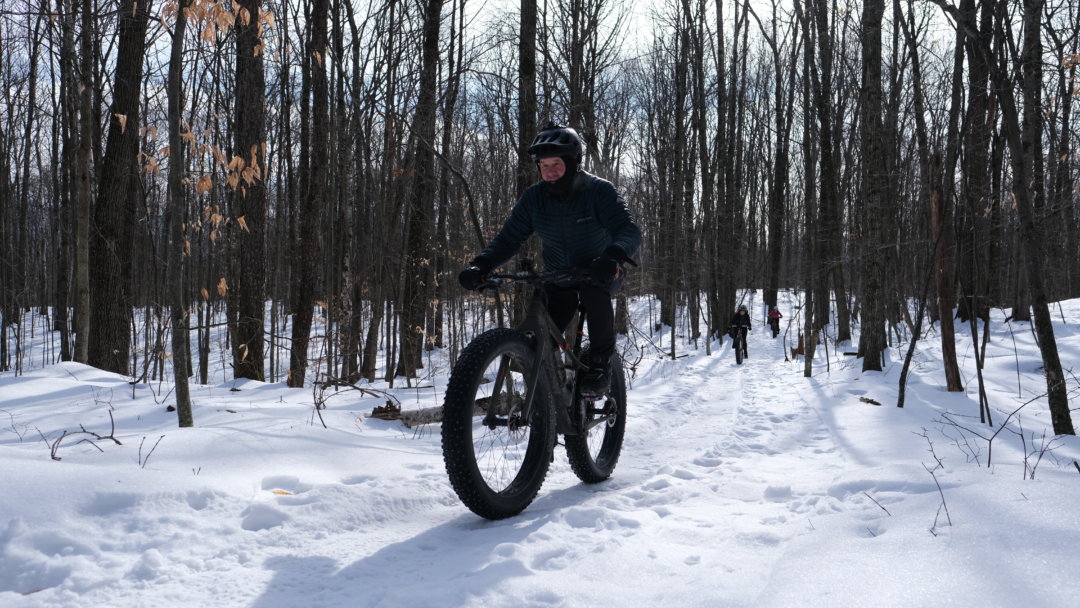
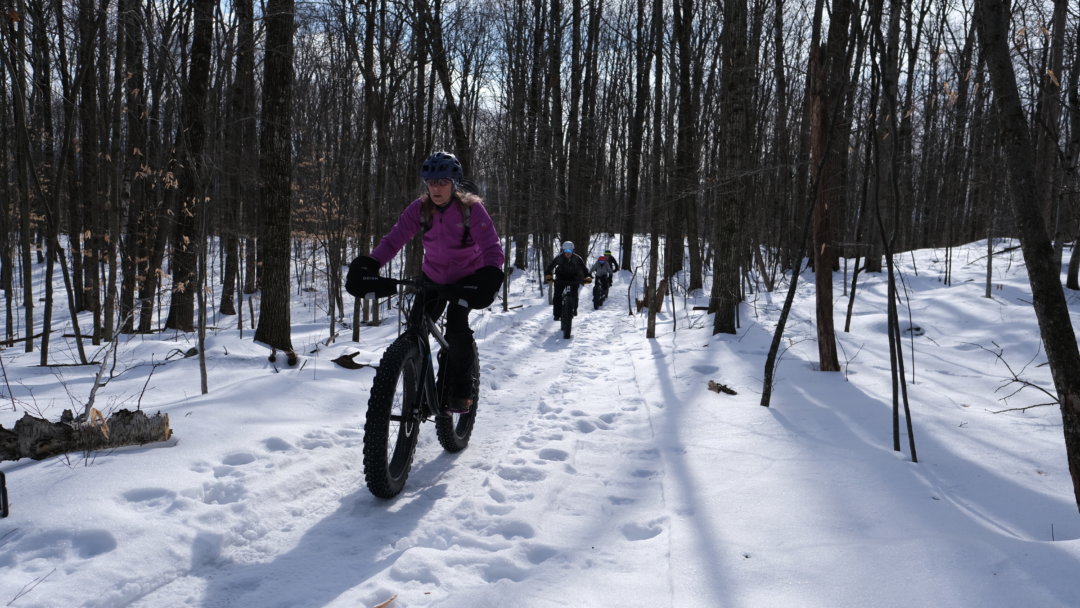
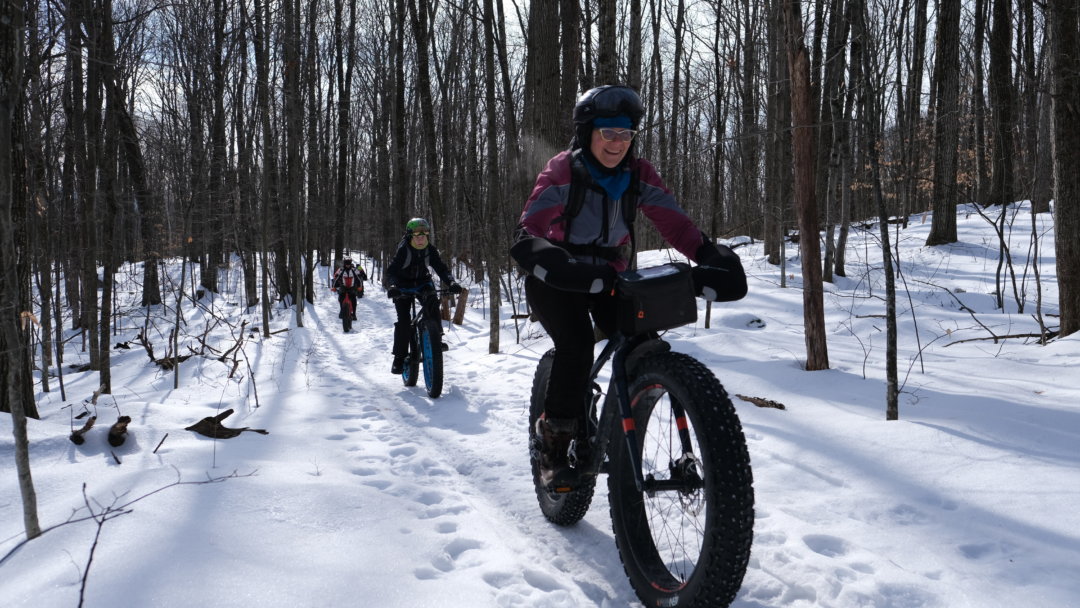
We lucked out with weather getting cold for Sunday after a warm day on Saturday that saw trails really get soft. I think it’s safe to say everyone had a really great time. Thanks to #MTBVT, #PineHillPartnership,#Fiddleheadbeer


















































Cold Roll Rutland is back in 2022! Save the date! Sunday, February 13th. Registration starts at 9AM. Rides start at 10, lunch at 12:30 and samples of Fiddlehead beer will be available to folks over the age of 21. Ticket’s can be purchased here: https://www.eventbrite.com/e/copy-of-rutland-cold-2022-registration-239440291357
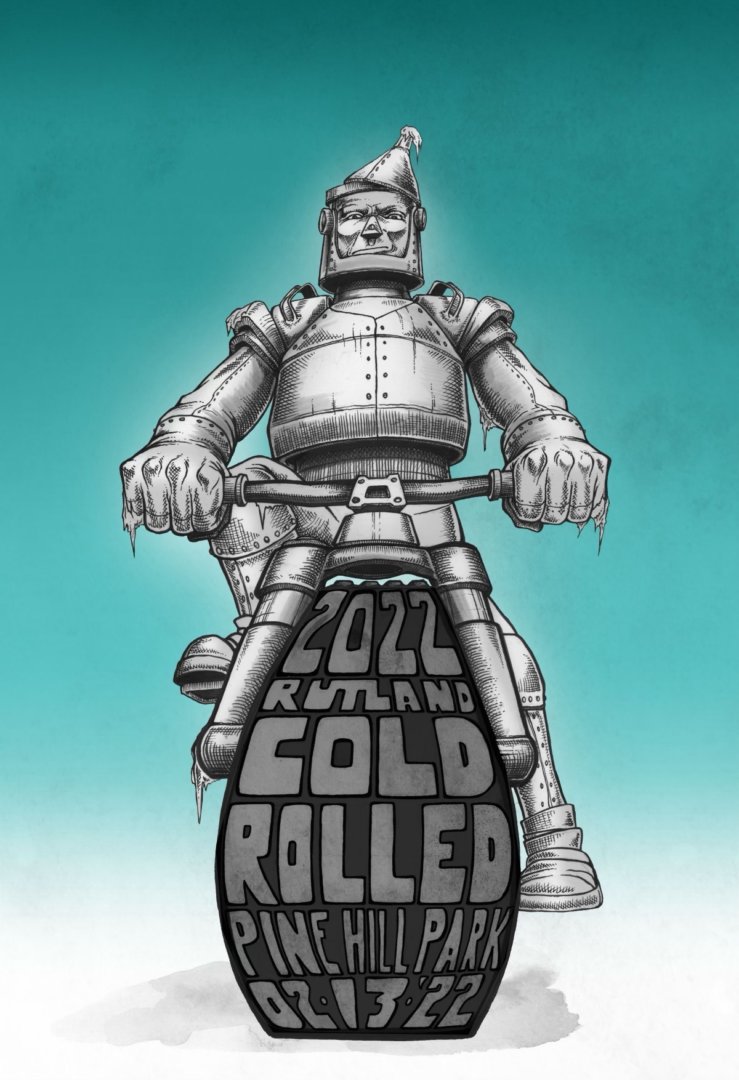
Press Release for: The 2nd Annual Cold Roll Rutland Fatbike Festival
[Rutland, VT, Jan 06, 2022] — The creative minds behind Überwintern and Winterbike are at it again! Mountain Bike Vermont has partnered with Pine Hill Partnership in Rutland, Vermont to offer a day of fatbike stoke on cold-rolled singletrack this Super Bowl Sunday! Join us Sunday February 13th, 2022, as fatbikers from around New England and New York gather in Rutland to lead a charge with Old Man Winter, replete with group rides, a vendor village, and hearty brews around warm fires.
The event will feature a vendor village, rides for all ages and abilities, and groomed packed powder trails for your fatbiking pleasure. Group rides will begin at 10am at the Giorgetti Athletic Complex at 2 Oak Street Extension (the Pine Hill Trailhead) where we’ll also convene for lunch at 12:30 pm. The remote aid station (aka party central) will be located at the overlook and will feature a bonfire and our favorite mid-ride refreshers. Lunch at Giorgetti will be catered by our friends at Ranch Camp (Stowe, VT).
“We’re beyond excited to bring the Cold Rolled back to Pine Hill – this trail network has some of the best fatbiking in the state, and the community rallies to maintain them all winter.” says event cofounder & Killington Valley local Nate Freund of MTBVT. “We’re stoked to bring the party to Rutland and introduce riders from around the northeast to these amazing trails!”
The $50 ticket price ($35 for the under 21 crowd) includes group rides, lunch (with both carnivorous and veggie options), a signed original Cold Roll Rutland artist print, as well as beverages. So air down those tires, break out the extra layers, and get ready to party MTBVT style.
Vendor setup 8:00 to 9:00 Registration / Expo area opens 9:00 Group Rides
Advanced ride departs 9:45 Intermediate ride departs 10:00
Beginner ride departs 10:15
Remote Aid Station opens 11:00 to 2:00 Lunch 12:00 to 2:00
Event ends 3:00
Advanced Ride – This ride’s duration is up to 3ish hours. The pace is for avid riders that enjoy covering ground at a steady pace. You can expect up to 12ish miles of riding over variable terrain.
Intermediate – These rides are for most folks looking to have a good time, stop at the fire for a bit, and be guided around PHP. this ride will be three hours in duration with opportunities to bail out or put in a few extra miles.
Beginner ride – Beginner rides take folks on the easier terrain and no experience is necessary. This ride will bring participants to the remote aid station and back to base.
About Mountain Bike Vermont
Mountain Bike Vermont (MTBVT.com) is an online journal, events promoter, apparel company, and rolling party instigator. MTBVT’s dual initiative is documenting and promoting the Green Mountain State’s incomparable cycling community. Visit MTBVT.com for info on our annual event series, shop our online store, and peruse new and archived articles. #MTBVT Have questions? Want to become a vendor? Contact john@mtbvt.com
By Tom Estill
During the first week of fall, you could find trees turning their beautiful fall foliage colors and many birds, including robins, red-eyed vireos, yellow-bellied sapsuckers, Eastern towhee, yellow-throated vireo, white-throated sparrow, wood ducks, Canada geese, great blue heron and myrtle warbler migrating south through the forest. On Sept. 25th, these migrating birds, along with year round residents such as tufted titmouse, white-breasted nuthatch, black-capped chickadees, blue jay, hairy woodpecker, red-bellied woodpecker, pileated woodpecker, and Cooper’s hawk were all seen on that same day. Asters were still flowering and American chestnut burs, from the lone known wild American chestnut known in the park, and acorns were falling onto the forest floor. Because American chestnut trees need two different trees to
produce viable seeds, those seeds found in the burs were small infertile seeds. Chipmunks and gray squirrels were scurrying about. While walking along middle Giorgetti trail, I heard a massive pine tree crash to the ground on lower Giorgetti trail, shaking the ground beneath my feet. On closer inspection, I could see the core of the tree was rotten. This late into Sept. you could still see a common sulfur butterfly flying about.
By the second week of October, fallen leaves were covering most of the trails of the park, and acorns covered the ground in huge numbers. It was going to be a good MAST year indeed. In my opinion, shared by many, fall foliage season was a bust this year. Colors just were not as colorful and vibrant as years past. Squirrels and gray squirrels were busy collecting the fallen acorns.
During a walk on Oct. 9th, crows were seen in large numbers, as is common this time of year, but the only other place I saw birds was around Muddy Pond.The birds I saw there were Canada geese, wood ducks, hairy and pileated woodpecker, blue jay, white-breasted nuthatch and golden-crowned kinglet.
During a walk on Oct. 19th, I noticed the forest floor covered with a thick layer of leaves, and just a very few acorns still falling. I did not hear or see a single bird, which is a rarity for me. That disappointment was offset by having a magnificent doe slowly walk across the Carriage Trail right in front of me. I was sitting on a log tying my boots at the time and it just didn’t see me. Gray squirrels and chipmunks still gathering acorns.
On Oct. 23rd, I went on an early morning birdwalk and once again saw not a single bird, except crows flying overhead. Leaves were still falling with many trees still having lots of attached leaves. Through my binoculars I could see that the oak trees were pretty much finished dropping their acorns. Still no good, hard frost in the area.
On the first day of Nov. on an evening walk, once again the only birds seen were crows flying overhead and a few hundred geese resting at Muddy Pond. Most of the leaves were gone from the tops of most trees with the exception of oak and beech trees. Chipmunks and gray squirrels
still out collecting acorns. And at the end of my walk, as I’m checking myself for ticks, sure enough, there’s two ticks crawling on my pant legs. Temps. were forecast to be in the 20s later in the week, bringing an end to the ticks until next spring.
A few days later I’m out on an early evening walk and saw white-breasted nuthatches,
black-capped chickadees, northern flicker, a large flock of robins migrating through the forest, crows, downy woodpecker, tufted titmouse, red-bellied woodpecker, Canada geese at Muddy Pond, and many chipmunks and gray squirrels.
On Nov. 7th, I was lucky enough to see bluebirds near the trailhead, along with blue jays, black-capped chickadees, tufted titmouse, and white-breasted nuthatches.
On Nov. 11th, I noticed something I had never seen before at Rocky Pond. The water was
tinted green with algae. Even in the middle of summer, when pond temperatures are high, I had never seen the ponds turn as green in color as I saw on this day. But the big news I received on this day from Shelley Lutz was that the beaver dam on Muddy Pond had collapsed the day before! As I’m headed towards the dam on the Carriage Trail, I could hear the roar of water
from a couple hundred yards away. Sure enough, about 15 ft. of the dam center had collapsed. Water in the pond was already very low. It looked like it had drained about 5 ft. There were a few deep spots on the pond still covered with water being used as a resting place for a few hundred migrating Canadian geese.
On a late afternoon hike on Nov. 22nd, the only bird I saw was a white-breasted nuthatch. No chipmunks were seen, but a few gray squirrels were busy collecting acorns. Rocky pond still had a green tint to it. No migrating birds were seen at either pond.
During the first week of December, both ponds had finally frozen over with the exception of a few areas on the perimeters, only a few gray squirrels were seen, and though temperatures were cold, there was little snow and ice on the forest floor.
On a mid-Dec. day, during a late afternoon walk, no birds or mammals were seen, recent rains and warming had melted all recent snow and ice on the forest floor, a few areas of open water could be seen at both ponds, and the peripheral ice at Rocky Pond was thin, breaking very easily.
That’s it for this issue. Please stay on the trails and enjoy your time at the park.
CANCELLED
CANCELLED due to snow on the ground. We will reschedule when weather permits us to moving lumber.
Sunday, November 28th at 9AM meet at Evergreen Gate. We will be moving lumber in from the Pond Rd to Vista overlook for a new bench. Lumber is all pre-cut and ready to go just need some extra hands to move it in. Thank you. Hope to see you there.
From Trailforks data — Pine Hill Park is number 5 in Vermont for most-favorited places to ride!
https://www.pinkbike.com/news/vermonts-5-most-popular-trail-networks.html
By Tom Estill
On a bird walk during the first week of summer I was able to see American redstarts, red-eyed vireos, yellow-throated vireos, pileated woodpecker, Eastern peewee, hermit thrush, ovenbird, veery, great crested flycatcher, and scarlet tanagers singing on Crusher Rd. near the old quarry, where I hear them every summer at that same spot. Wood thrushes were also heard near the trailhead. Though I can hear hermit thrushes throughout the park for most of the summer, wood thrushes tend to be heard sparsely, and mostly near the trailhead area.
On July 1st, I planted milkweed seedlings, as I do every year, in the area where the old beach used to be during the early 1950s at Rocky Pond. The area has been designated a Monarch butterfly Waystation and provides migrating Monarch butterflies with food, and a place to lay their eggs as they migrate southward.
On that same day, I planted some two dozen Buttonbush seedlings along the shores of Rocky Pond as part of a project to attract more waterfowl to that pond. Buttonbush is an impressive-looking flower that produces a prodigious amount of seeds that waterfowl feed upon.
Also on this day, I noticed that an extraordinary number of young Eastern chipmunks were scurrying about the forest floor. I’m guessing that it was the second litter I was seeing.
During a July 4th walk, I was able to see crows, hermit thrushes, red-eyed vireos, veery, Eastern peewee, American goldfinch, broadwing hawks, ovenbird, blue jay, hairy woodpecker, yellow-bellied sapsucker, osprey sitting on their nest at Muddy Pond, and Eastern phoebe. The infestation of gypsy moths had tapered off, red efts and mushrooms were seen in big numbers due to recent rains, and many plants were in flower including forget-me-not, common mullein, ox-eye daisy, common fleabane, cow vetch, yarrow, common St. John’s-wort, hop clover, common milkweed, red clover, tick trefoil, heal-all, poke milkweed, whorled loosestrife, black-eyed Susan, rough-fruited cinquefoil, and ladies tresses. White admiral and Great Spangled Fritillary butterflies were also seen.
During a mid-July walk, I observed an Eastern chipmunk being chased off a tree by an Eastern kingbird. Though I did not see a kingbird nest, I have no doubt there was one nearby. Purple loosestrife was in bloom at Rocky Pond, and the American chestnut tree on Svelte Tiger had male catkins in flower. Female gypsy moths were found on many trees laying eggs, with many males flying about looking for females to mate with. I was happy to see Eastern phoebes and Eastern kingbirds catching male gypsy moths “on the fly” then devouring them.
Using my bird call “app”, I was able to call in a scarlet tanager and have it land on a branch just a few feet away from me. What a magical moment. Along the south shore of Rocky Pond, I was able to see a cedar waxwing and ruby-throated hummingbird fly in and out of their nests. It’s amazing how small the hummingbird nest is in size. Also saw a hummingbird clearwing moth feeding on the nectar of milkweed flowers. Its size and flying behavior cause it to sometimes be mistaken for a hummingbird.
On July 16th, I was treated to the sight of two young barred owls perching on the limbs of a white pine tree, near trail marker #16. One of the birds allowed me to approach within just a few feet. I kept looking for the mother nearby, but she was nowhere in sight. Another magical moment.
On the way back to the trailhead, I came across a most beautiful white-tailed deer doe. White sweet clover, Queen Anne’s Lace, cow-wheat and common agrimony all in flower. The Common Wood nymph and northern crescent butterflies were flying about.
A week later, I came across young barred owls once again in the same area. But this time, there were 3 young owls! For years, I’ve been hearing barred owls “hooting” in that area, but have never found their nest. Maybe next year?
During the last week of July, I took a hike up to Muddy Pond to take a closer look at the Osprey nest. One adult was on the nest, at least one young was in the nest, and another osprey adult perched in a nearby tree. It would be the first and last time I saw any signs of the young osprey, though I heard reports from others that 3 ospreys could occasionally be seen at Muddy Pond in late summer. On the walk back, I saw an Eastern garter snake and young pickerel frog near Rocky Pond.
On an evening hike during the first week of August, I noticed a couple of interesting things. First of all, the forest was relatively quiet, and secondly, I didn’t see a single male gypsy moth flying about. Our local birds were having a feast there for a few weeks. The ruby-throated hummingbird was no longer sitting on its nest, and both bullfrogs and green frogs could be heard “croaking” at Rocky Pond.
By mid-August, chipmunks and squirrels were busy collecting acorns, blackberry shrubs were in fruit, and Eastern towhees were singing in the same area they are always found underneath the power lines on the Carriage Trail as you head up to Rocky Pond.
On Aug. 21st, I, and members of the Rutland Co. Audubon Society, had the privilege of going on a fern walk with Emeritus Professor of Biology at St. Michael’s College, Peter Hope. We saw lady fern, ostrich fern, sensitive fern, intermediate wood fern, cinnamon fern, Christmas fern, hay-scented fern, New York fern, maidenhair fern, marginal wood fern, bracken fern, and interrupted fern. VT has a little over 60 fern species, and many can be found at Pine Hill Park.
During the last week of August, I saw white lettuce, whorled wood aster and the beautiful dark-blue colored bottle gentian, all in flower.
The forest during the first week of September was very quiet. Just a few birds were seen on an evening walk, including the white-breasted nuthatch, hairy woodpecker, and a great blue heron at Muddy Pond.
On a Sept. 6th walk, I was treated to the sight of a majestic Bald Eagle flying over Muddy Pond, a few wood ducks, one osprey, and a great blue heron. Cones were maturing on Eastern Hemlocks, acorns were falling(one fell on my head!), Jack-in-the-pulpit had mature bright red fruits, and silverrod, New England aster, and goldenrod were all in flower.
On Sept. 11th, the forest was once again very quiet. Acorns were still falling, chestnut-sided and black-and-white warblers were migrating through the forest, hooded mergansers were seen at Rocky Pond, and a great blue heron, a few Canada geese, and wood ducks, and three active beaver dens were seen at Muddy Pond. A few trees were starting to show fall colors.
On Sept. 16th, many robins were seen migrating through the forest, chipmunks and squirrels were busy collecting acorns, and a Northern flicker was seen.
That’s it for this issue, please enjoy your walks at Pine Hill Park, and remember to stay on the trails.
The Leaf Chase is back for 2021!!! This is a pretty cool event, it is in person this year. Course will be marked for participants. Anyone is welcome including walkers.
For more information and registration sign up here: https://www.rutlandrec.com/leafchase
Wednesday, August 4th, 5:30pm. Meet in the parking lot at Giorgetti. We will be weed whacking the Carriage Trail on the Rutland side. We could use your help. Bring a weed-whacker, if you don’t have one we will have a few for folks to borrow. Bring bug dope, wear gloves and bring a head lamp.
Wild Times at Pine Hill Park
Spring, 2021 Summary
By Tom Estill
I always make a point of going on hikes throughout the forest during the first day of each season. On the first day of this spring I saw my first robin. They always seem to arrive at Pine Hill Park on, or very close to, the first day of spring. What I’m wondering is if this will be the case years from now. Also on this first day of spring, mourning doves were “cooing”, turkey vultures were flying overhead, and crows, tufted titmouse, black-capped chickadees, white-breasted nuthatches, hairy woodpeckers and cardinals were all flying about.
The lower Giorgetti trails were mostly bare ground with icy and snowy patches in protected spots, while the upper trails had much more snow covering the ground.
Both Rocky and Muddy ponds were mostly still frozen over, with a few small perimeter areas starting to show open water. The haunting sound of under ice rumblings could be heard at both ponds, as the ice was beginning to break up.
Gray squirrels and Eastern chipmunks were scurrying around, looking for acorns left over from the previous fall. Wintergreen was covering bare ground areas.
The next day(March 21st) I went back to the park and saw a few Canada geese at Muddy Pond in a small area of open water, along with northern juncos, and a pileated woodpecker. The first butterfly of the season, a Compton tortoiseshell, was also seen.
On March 27th, both ponds were now almost completely open, with only a few small areas on the west sides of both ponds showing the presence of ice. Wood frogs could be heard calling for the first time in areas where they’ve always been heard at the beginning of the season, and that is the Rocky Pond outlet area, and a wetland area in the woods at the south side of Rocky Pond. Also, a mourning cloak butterfly was seen on Trail 16A, near one of the American Chestnut planting plots, just where I see them at this same time every year.
On April 5th, the first wildflower, Coltsfoot, made its appearance. It’s always the first plant to flower. This was also the day I saw my first yellow-bellied sapsucker and Eastern Newt at Rocky Pond.
A few days later, trout lily leaves were starting to emerge from the forest floor, and oak trees were beginning to flower. One osprey was seen sitting on last years’ nest. Spring peepers were also heard for the first time. And I noticed many small insects flying about. Painted turtles were sunning themselves at Muddy Pond. For the most part, the forest was still very quiet.
During the middle of April, temperatures were cold on a very quiet evening walk through the forest. Wild lily-of-the-Valley leaves were emerging from the forest floor and a hermit thrush was singing its beautiful evening flute-like song. Beavers were active on the west side of Muddy Pond, and a single osprey was on its nest.
On May 1st, I went for a quiet evening walk and saw black-capped chickadees, tufted titmouse, hairy and pileated woodpeckers, robins, hermit thrush, yellow-throated vireo, and belted kingfishers and 3 osprey at Muddy Pond. In the pond were seen a large snapping turtle, painted turtles, and a river otter. Trout lily and wood anemone were in flower.
On May 9th while on an early morning bird walk, not only did I see the usual contingent of early spring birds, but also saw the relatively uncommon red-breasted nuthatch, the first time I had ever seen that bird at Pine Hill Park. A house wren could be heard singing near the trailhead.
On May 22nd, I saw my first firefly of the season, MUCH earlier than usual. A large black northern water snake was seen at Rocky Pond, and Moccasin flower, Jack-in-the-pulpit, and foam flower were all flowering. Many birds were seen, including South American migrants.
Birds seen included Hairy woodpecker, yellow-bellied sapsucker, Eastern pewee, least flycatcher, tufted titmouse, black-capped chickadee, white-breasted nuthatch, hermit thrush, veery, ovenbird, red-eyed vireo, yellow-throated vireo, black and white warbler, chestnut-sided warbler, American redstart, indigo bunting, and rufous-sided towhee.
On May 31st, the Wild American Chestnut tree was finally located on Svelte Tiger trail. Tree leaves had finally emerged, and the specific tree was easily identified.
During a walk the first week of June, I noticed large numbers of partially eaten tree leaves covering just about every trail in the park, and soon realized that the park is undergoing an infestation of gypsy moth caterpillars. By June 10th, the infestation was so bad that if you stood quietly on a secluded trail, you could hear the droppings of the caterpillars falling on the ground and upon other leaves. It sounded like a gentle rain. I’ve been hiking Pine Hill Park since 2013, and never saw as bad an infestation as this year.
I measured the height of the Wild American Chestnut tree on June 10th, and found the tree to be 66’ tall. Unfortunately, though healthy looking, it did show signs of the blight infection. On my hike back to the trailhead, I came across a recently born fawn. It calmly walked right in front of me and off into the forest.
On a walk in mid-June, I was surprised to see a Cedar Waxwing in the forest. I usually don’t see them until the end of summer, and always up around Rocky Pond. An Eastern tiger swallowtail butterfly was seen feeding on red clover, bullfrogs were croaking at Rocky Pond, and American redstart warblers and tufted titmouse birds were seen feeding on gypsy moth caterpillars. Hopefully, these, and other, predatory birds will keep the gypsy moth caterpillar numbers in check.
That’s it for this issue. Please stay on the trails, and enjoy the Wild Times of Pine Hill Park.
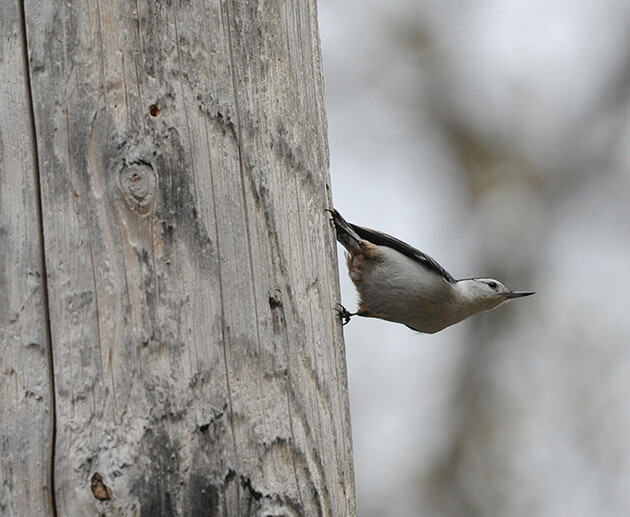
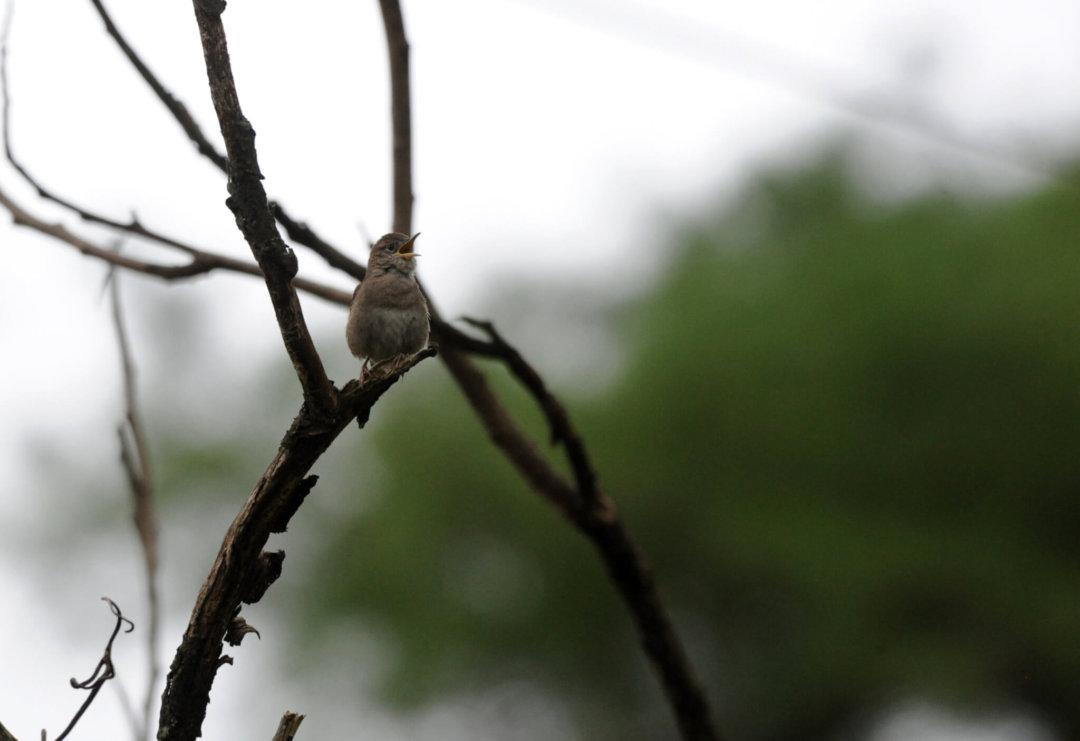
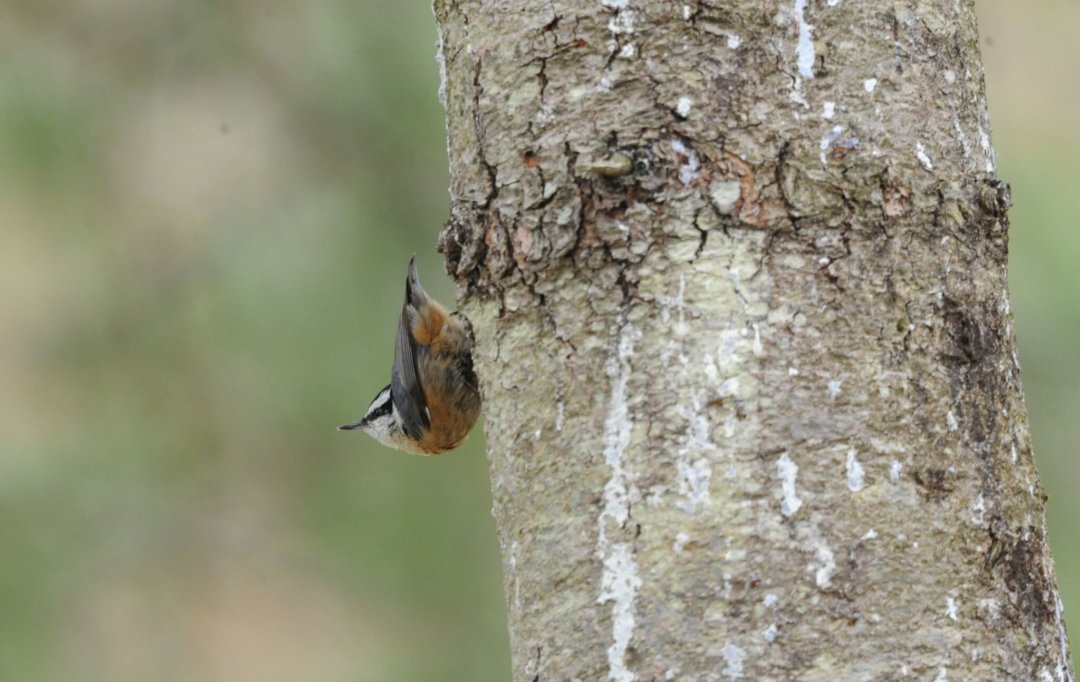
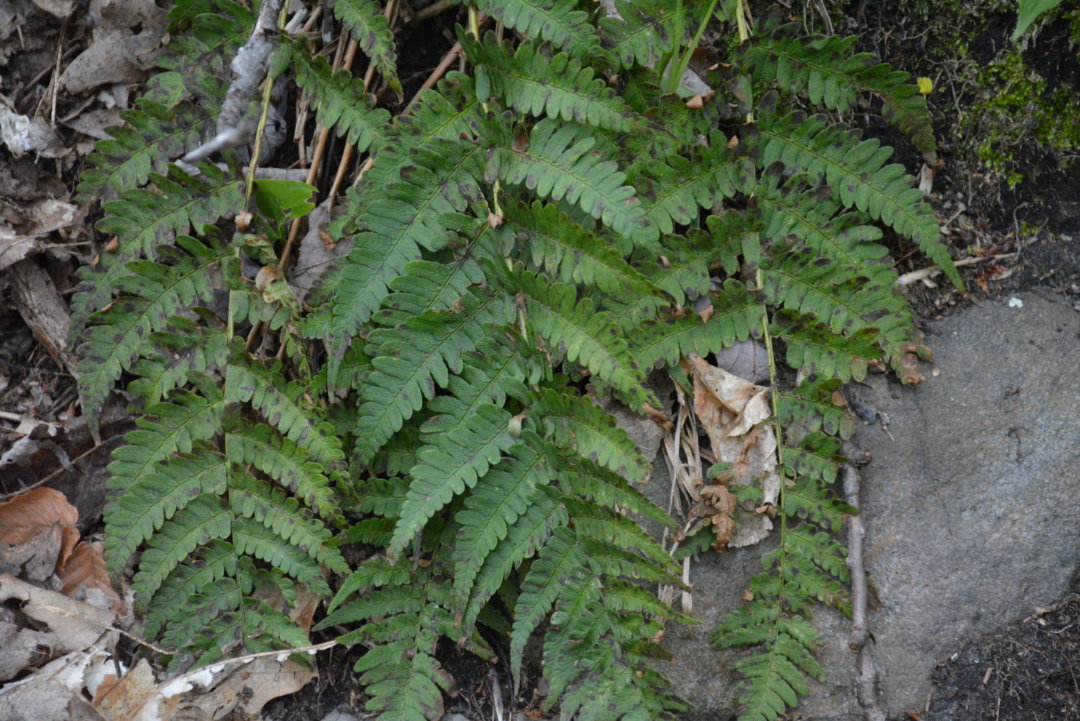
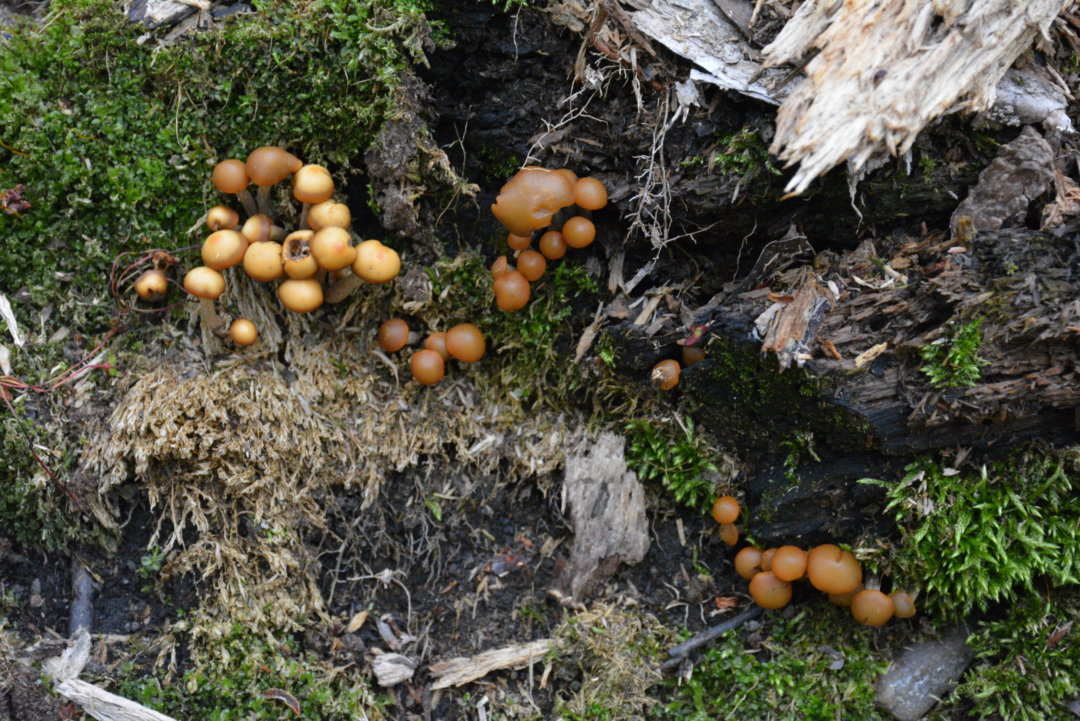
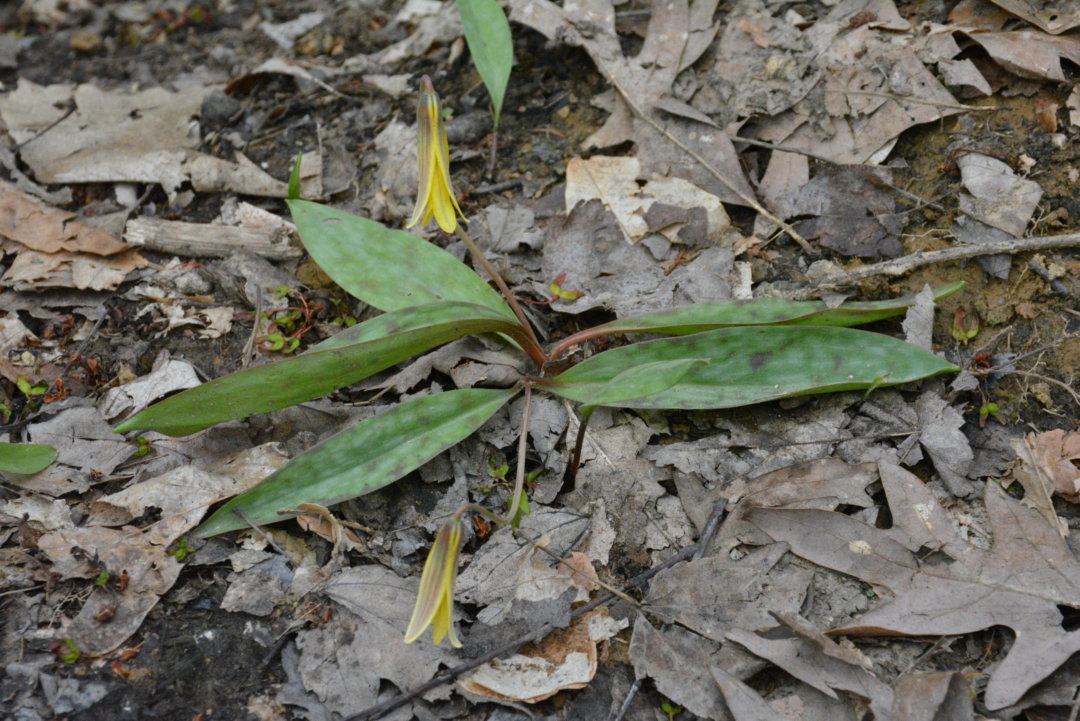
We are proud recipients of a Recreation Trail Program grant (RTP) through the VT Department of Forest, Parks and Recreation who administers the grant. Out of 23 applicants we were one of nine chosen to receive an $18,000 grant. This will pay for a 3 week VT Youth Conservation Corp crew in 2022. This crew will work on Maximum Capacity and Bone Spur which are both located near or off Milk Run.
We would like to thank Kim Peters and Nikki Adams at Rutland Rec for helping the write the grant. Joel Blumenthal and Nicole Kesselring were instrumental in helping with the maps and Act 250 questions that we had to answer. Without everyone’s help our grant would not have been a success.
With some luck, YES plan from Rutland High School will return in the spring of 2022 to help with our fantastic trail system.
